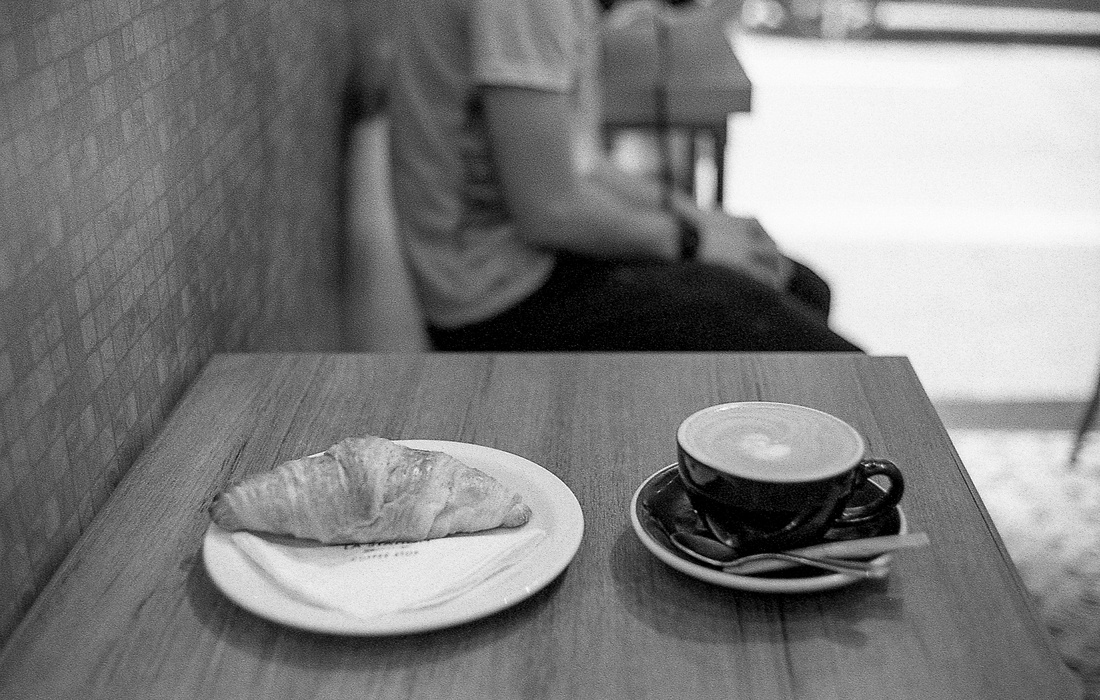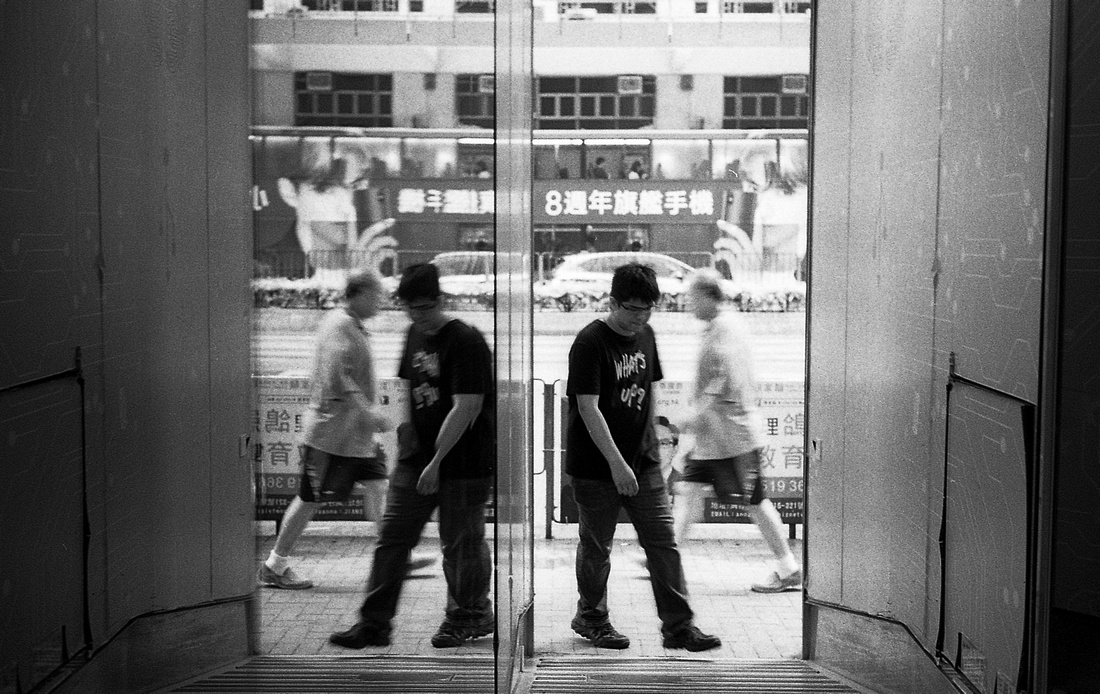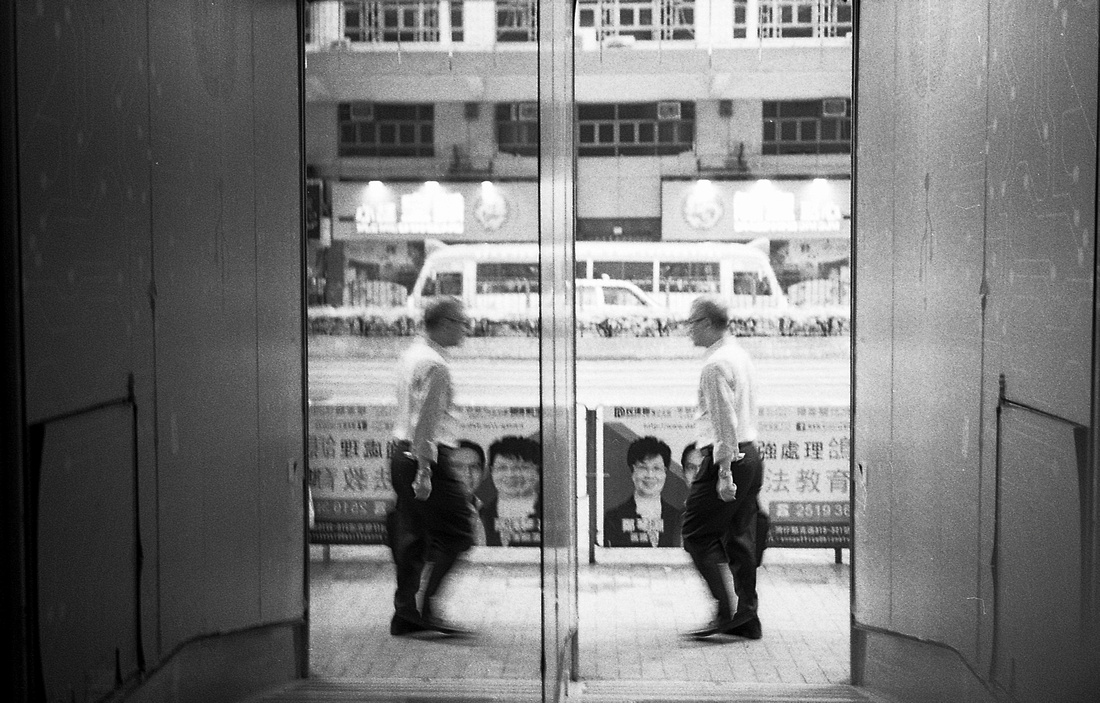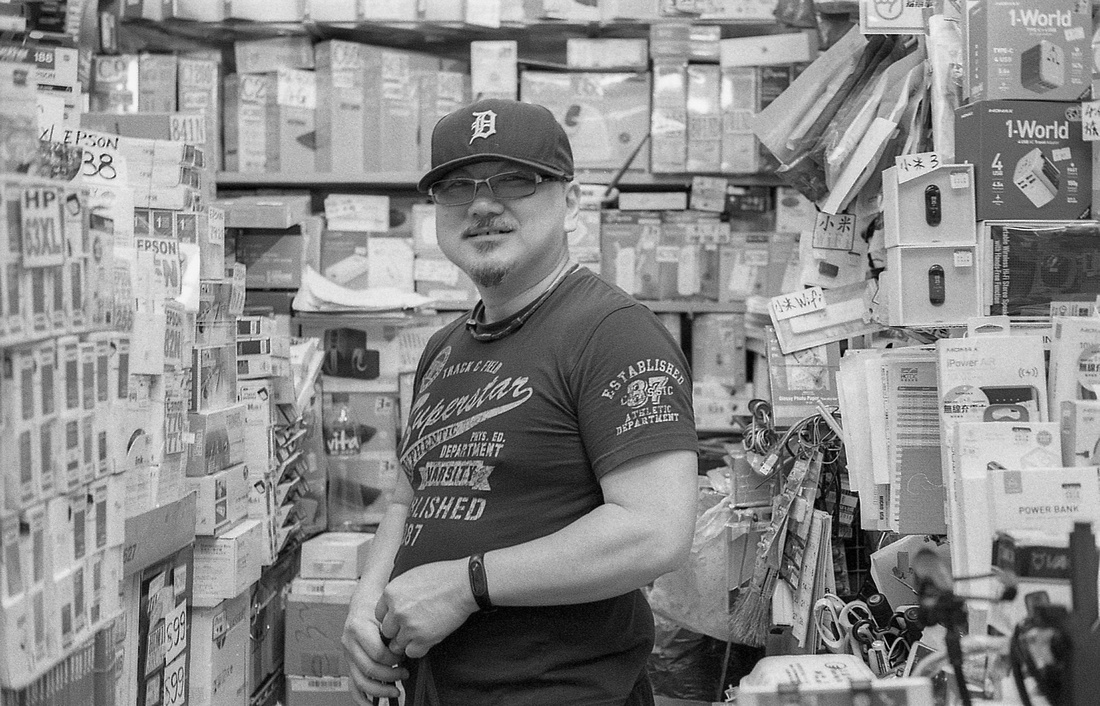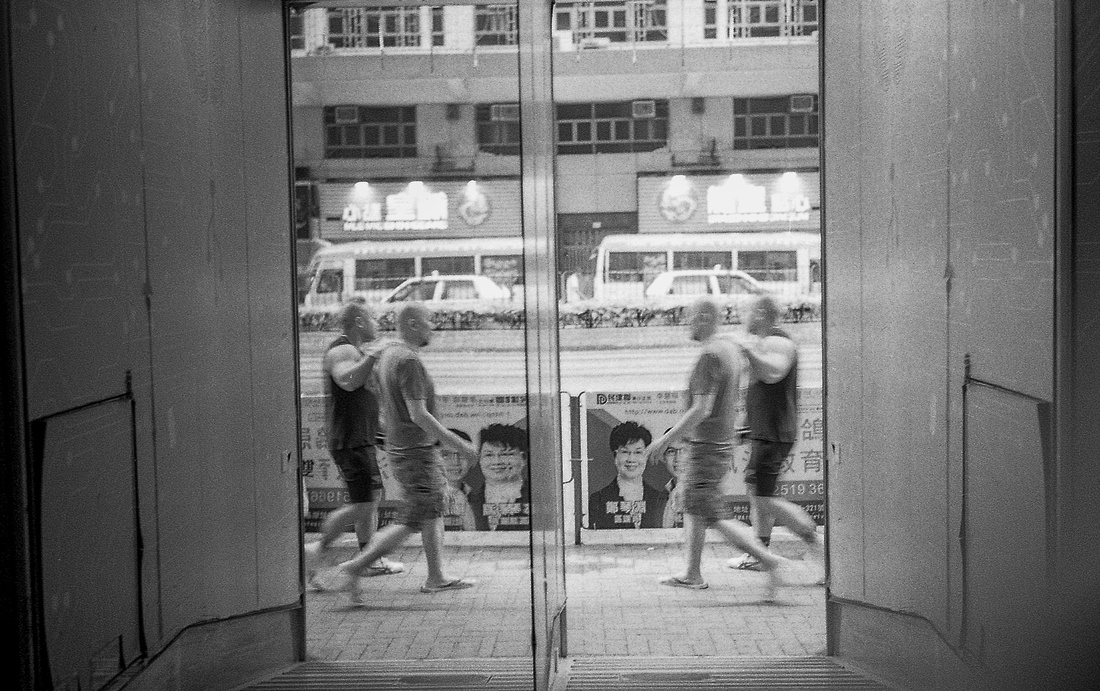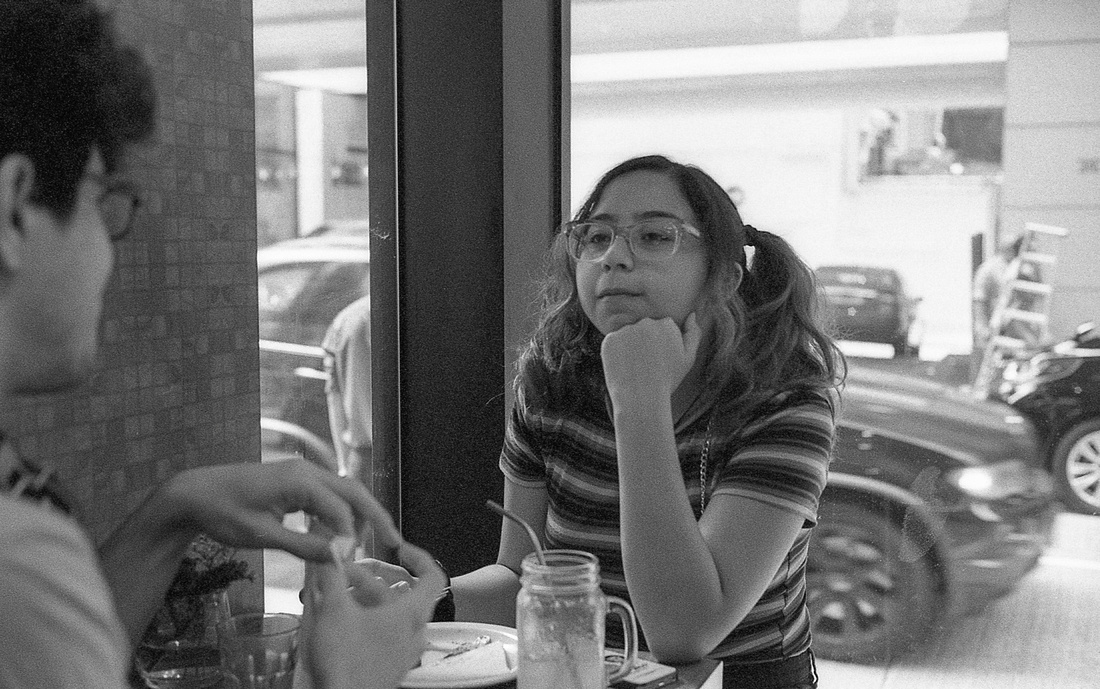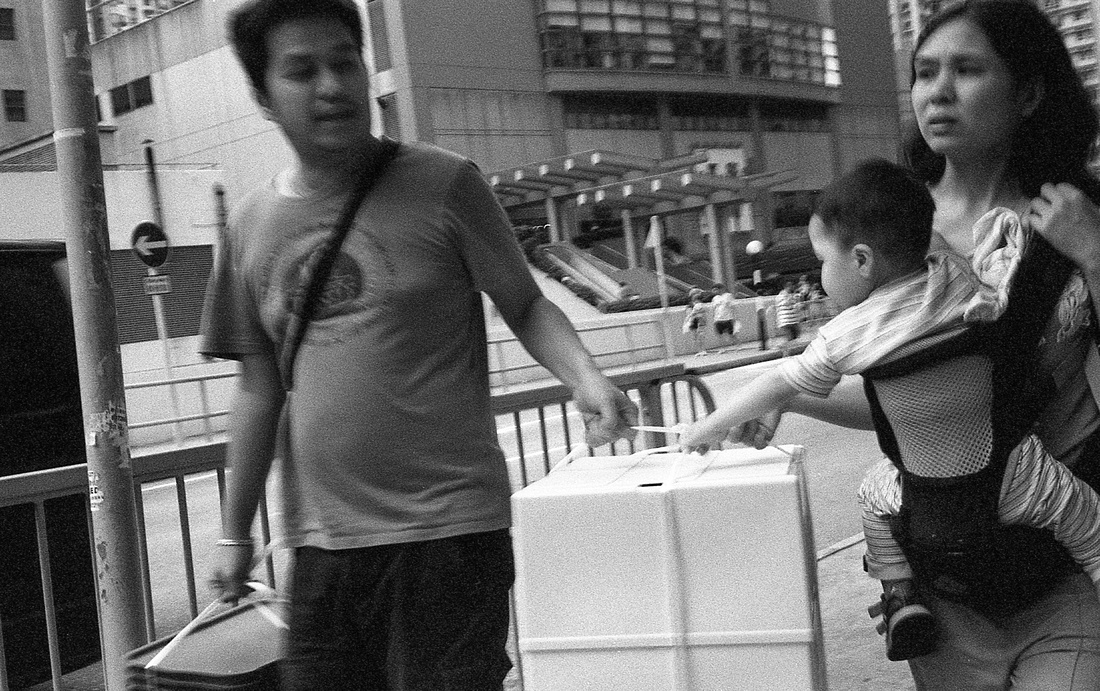Blog #128 Ektachrome E100: THIS IS JUST A TEST
Blog #128 Ektachrome E100: THIS IS JUST A TEST
As a confessed film junkie, I’ve already shot and developed two rolls of the new (re-released) EktaChrome E100 Color Reversal (aka Slide) Film in 35mm. I picked up two rolls almost the day it became available and just before taking the new High Speed Rail train on a weekend jaunt between Hong Kong and Guangzhou.
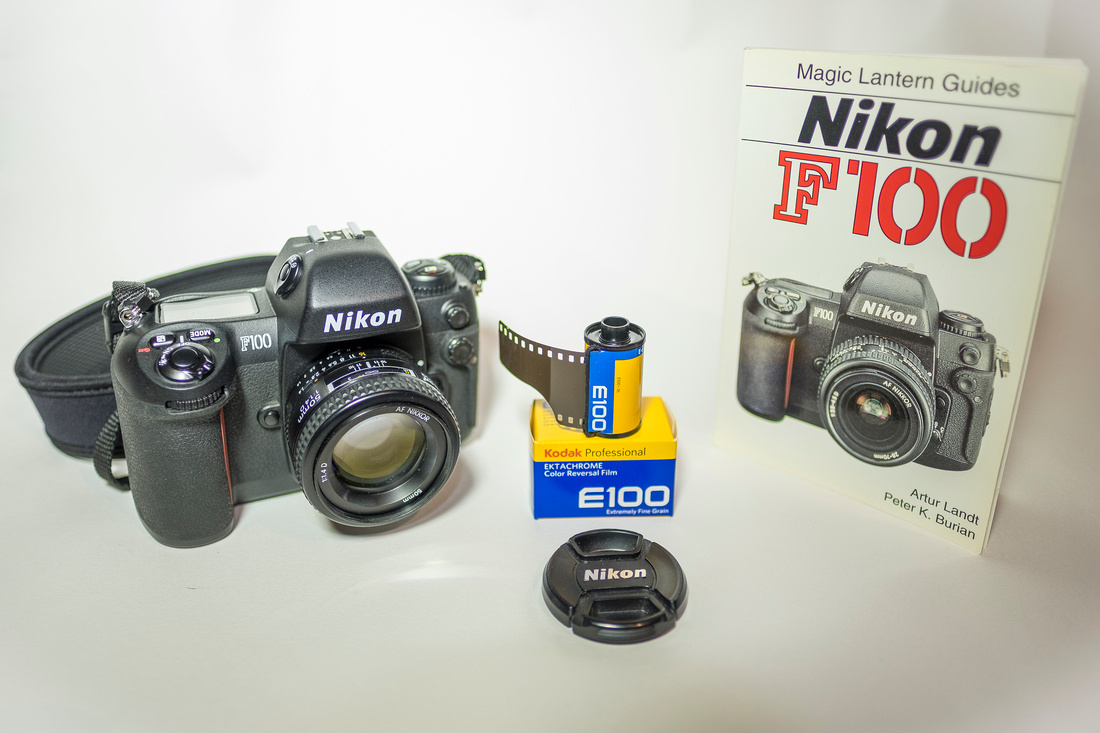

Using my trusty and fully automatic 35mm Nikon SLR F100 with auto-everything, I was sure to waste zero frames. ISO 100 film needs a healthy dose of photos to work properly. My visit to the third largest city in China was overcast the whole time, making for some risky image making using this type of film. Nevertheless, I was eager to make some snaps and check the results.
The detail in the images is excellent, even with just enough light to make it work. The colours were relatively representative of each scene with a slight punch in the contrast areas. The shadows suffered slightly from the overcast skies. I received the scans from my local lab and when I get the film back I’ll make some slides and run them through my Leica P150 Projector. I suspect that the film will show is true colours literally and figuratively.
I’ll shoot some more of this film in brighter conditions for a comparison under more optimal conditions.
Viva la Film!
The light is always right.
jhg
*Images: © Jeremy H. Greenberg
Where: Chimelong Safari Park, Guangzhou, China
Subject: Animals and Street Photography
Gear: Nikon F100 + Nikkor 24-85mm f/2.8-4.0 D + Kodak Ektachrome 35mm E100 Color Reversal Film
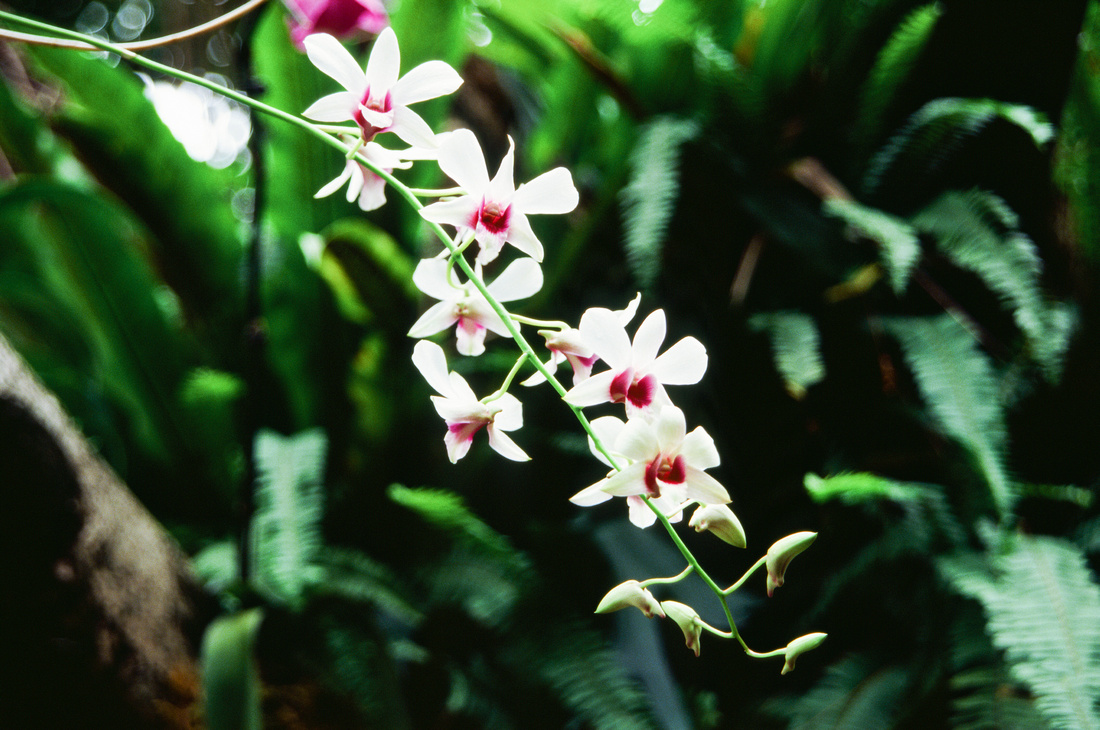

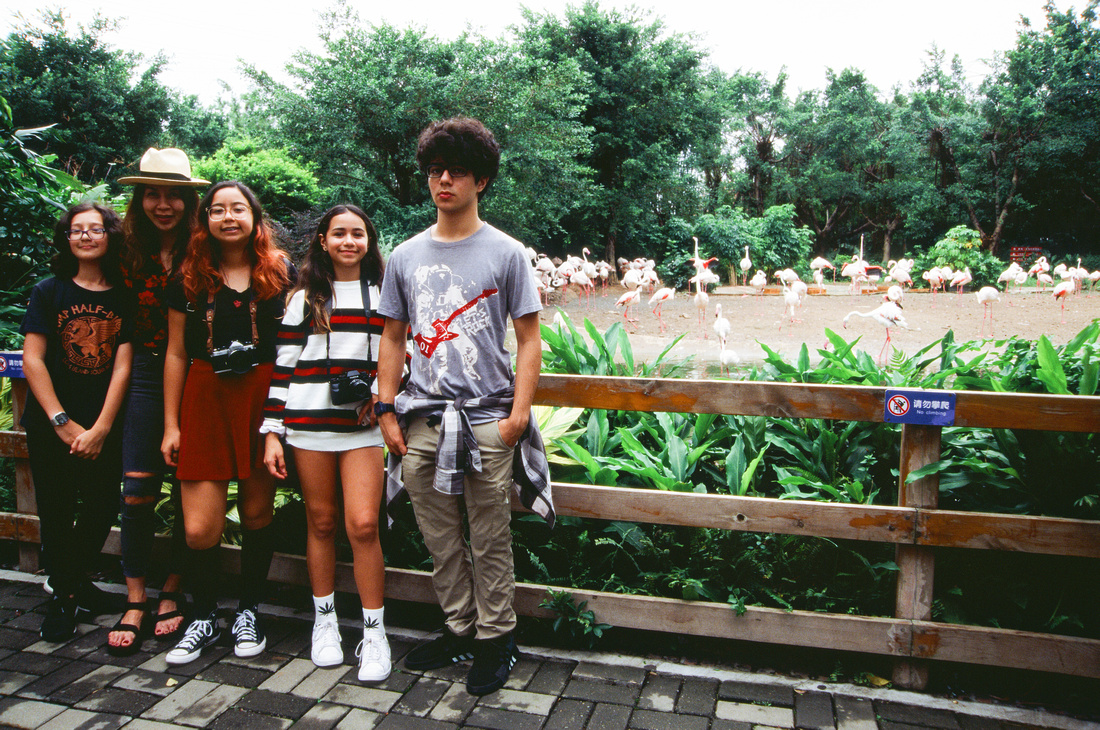

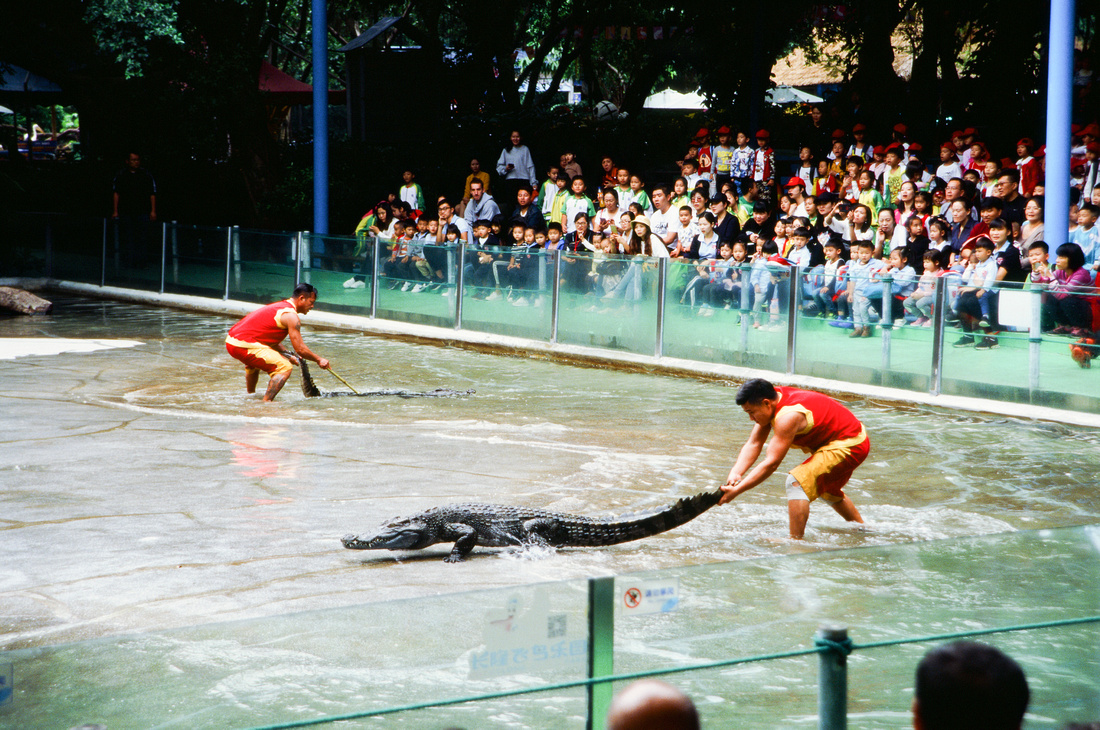

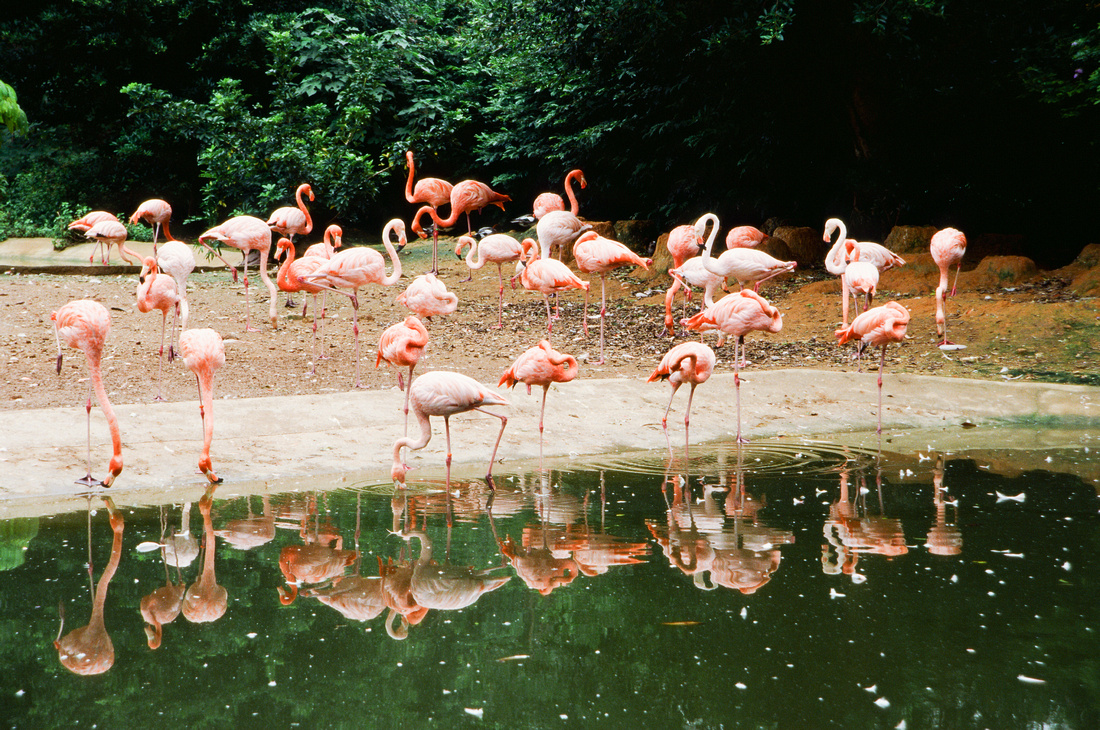

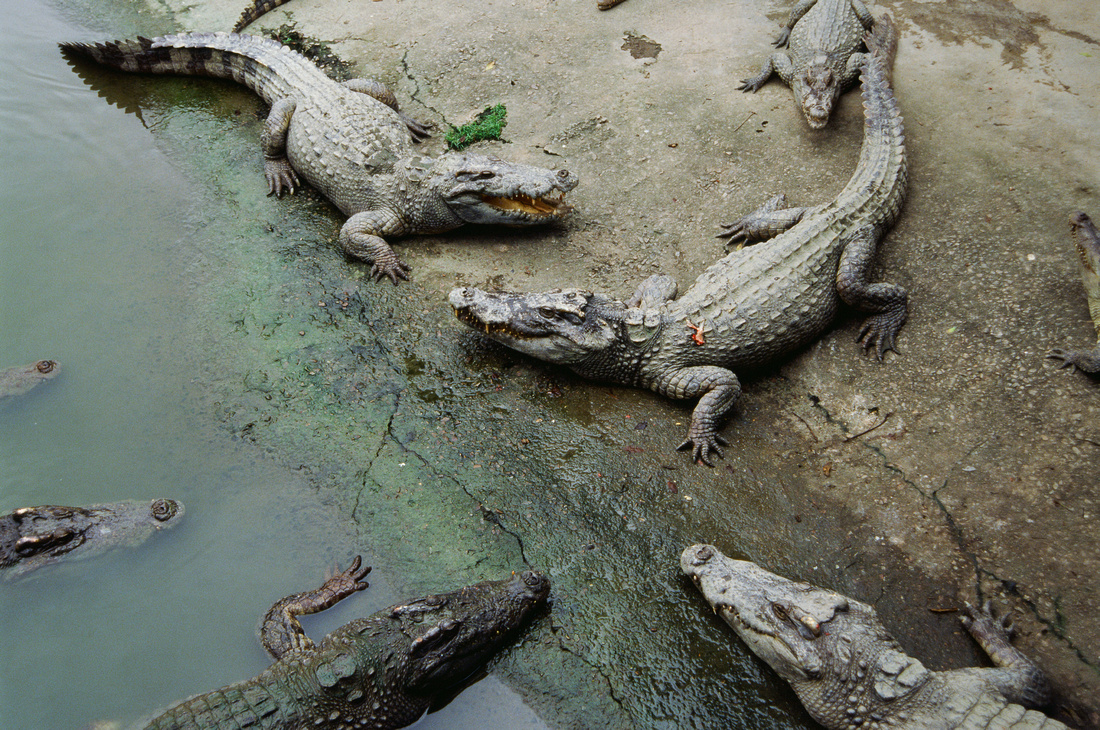

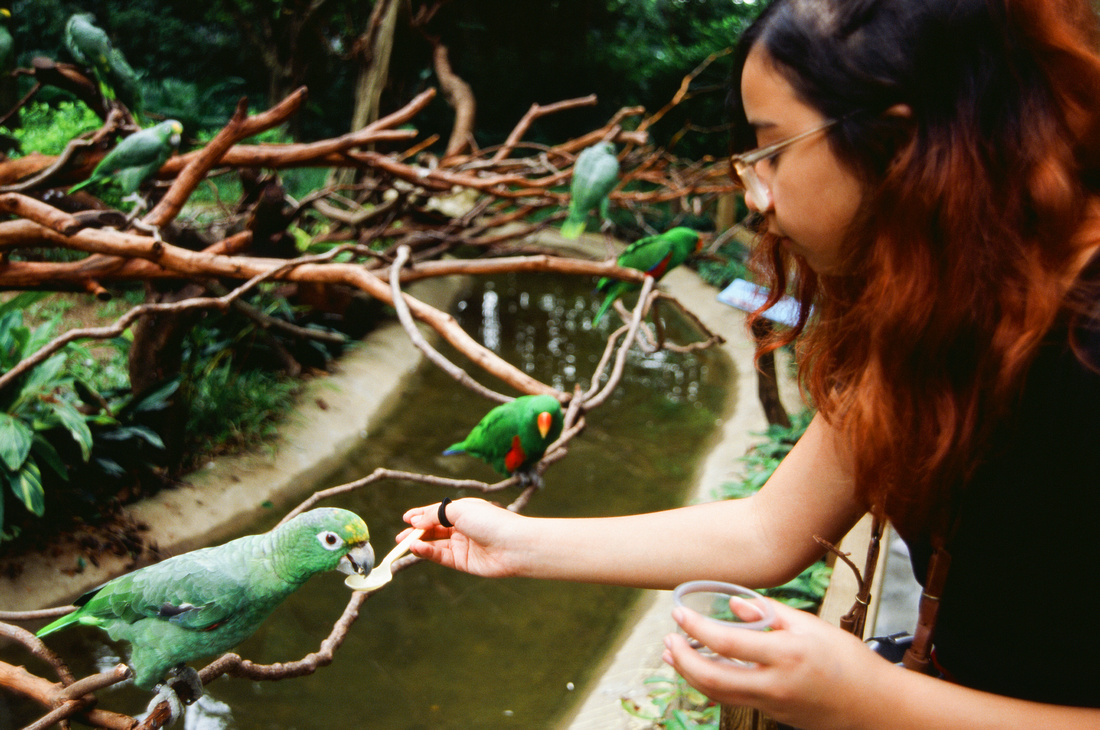

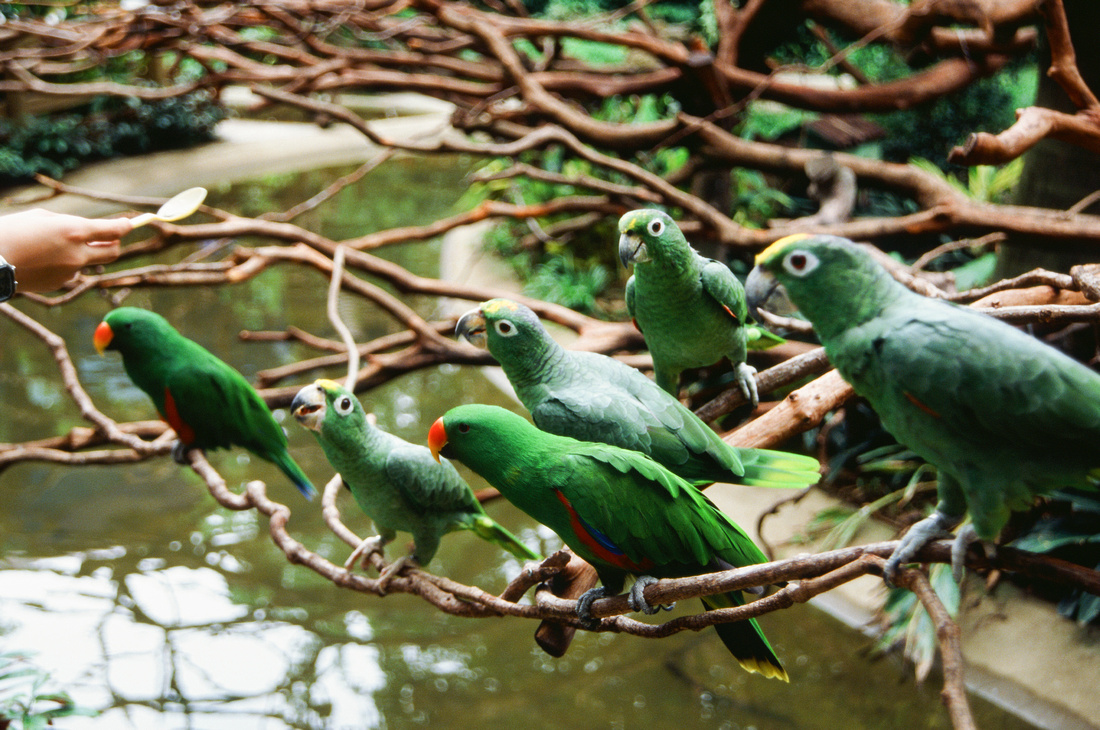

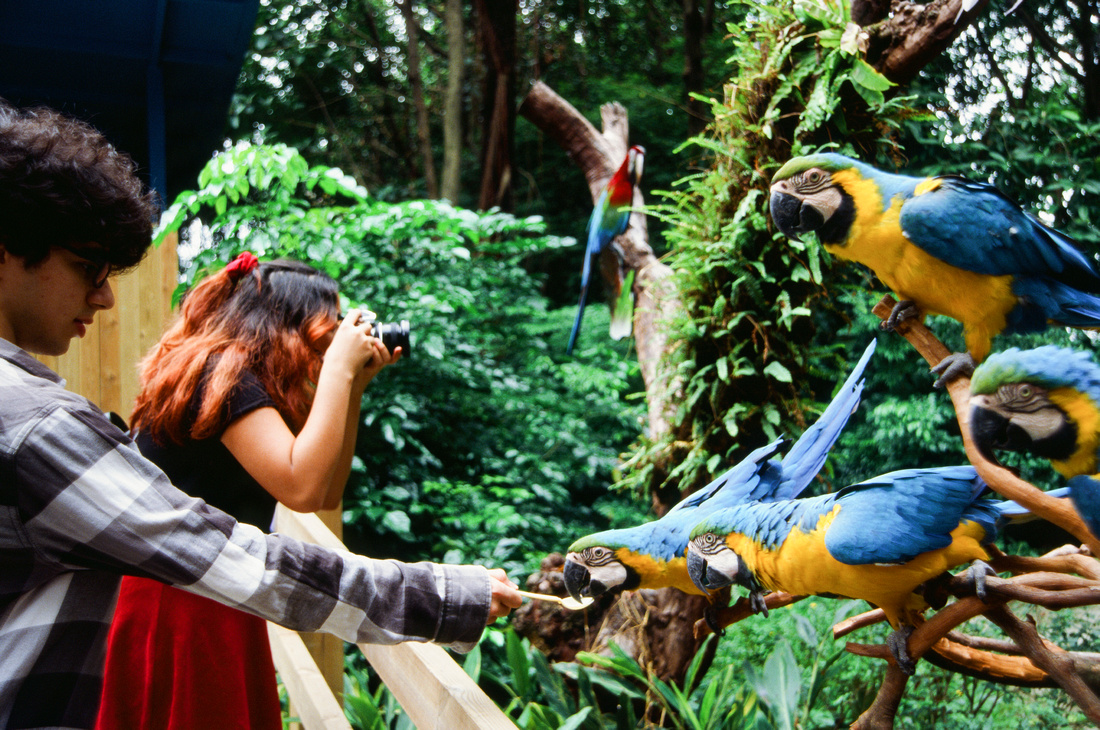

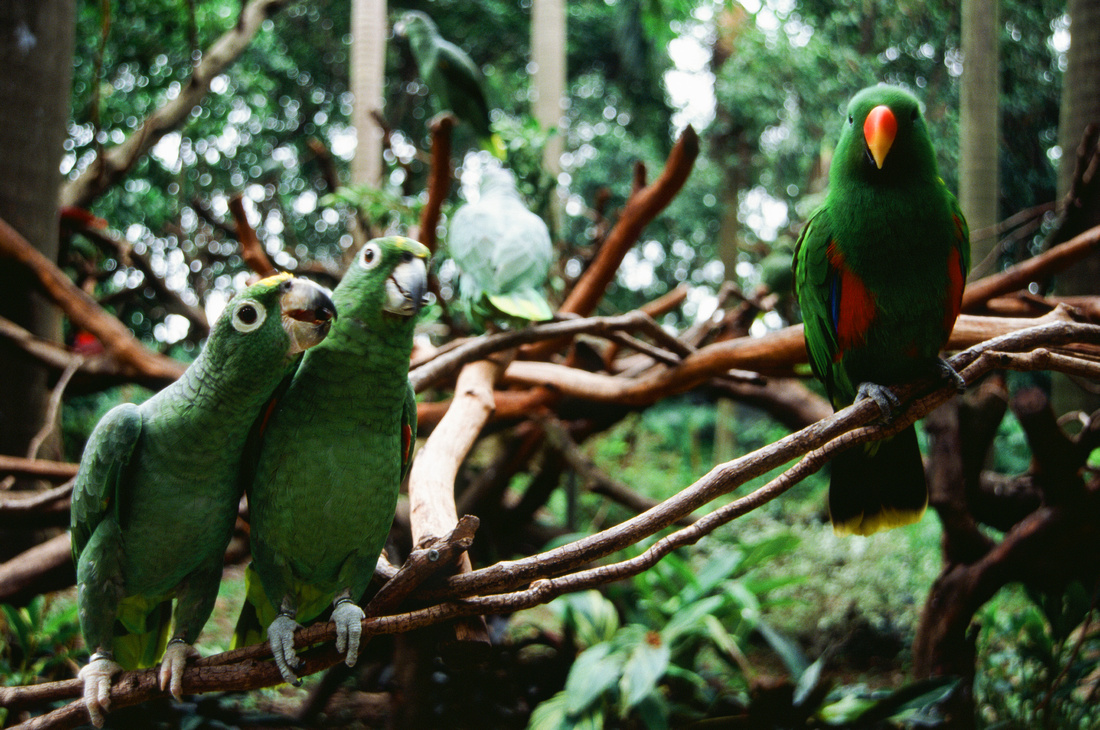

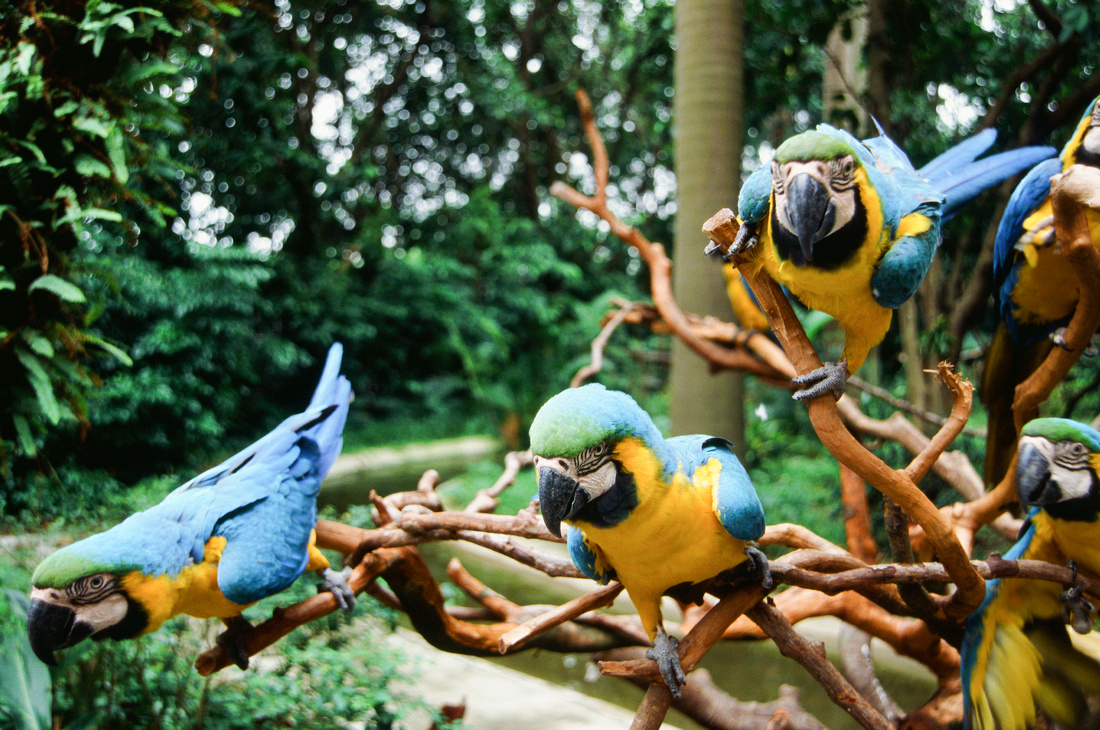

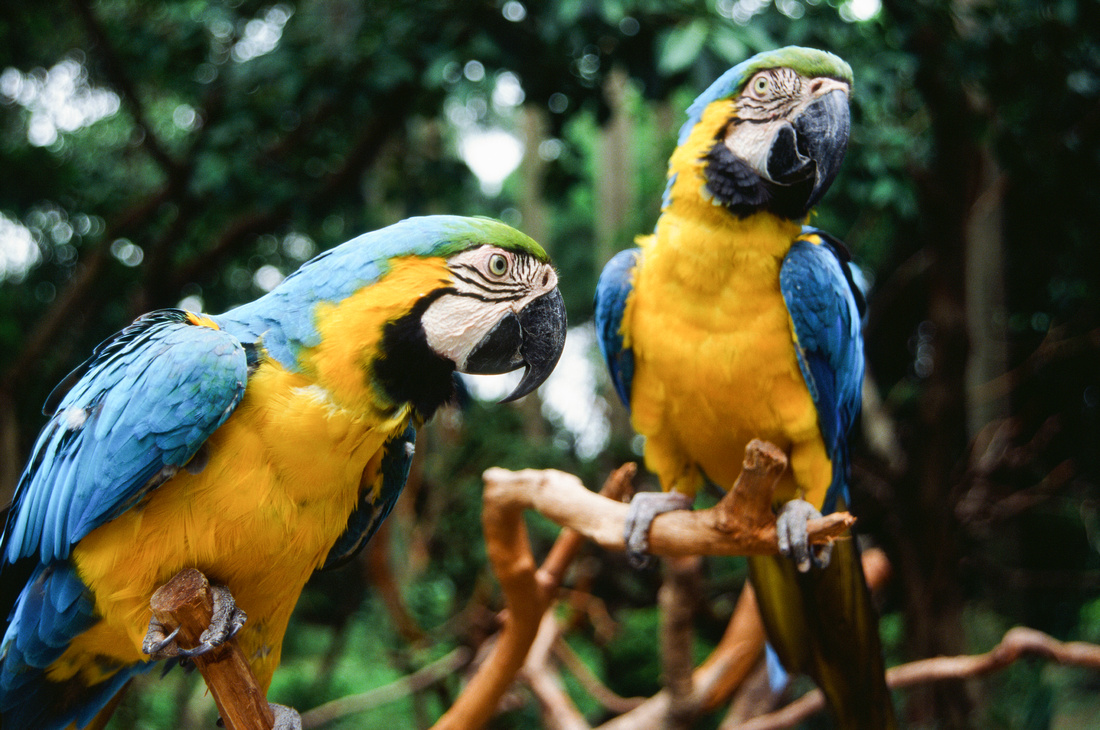

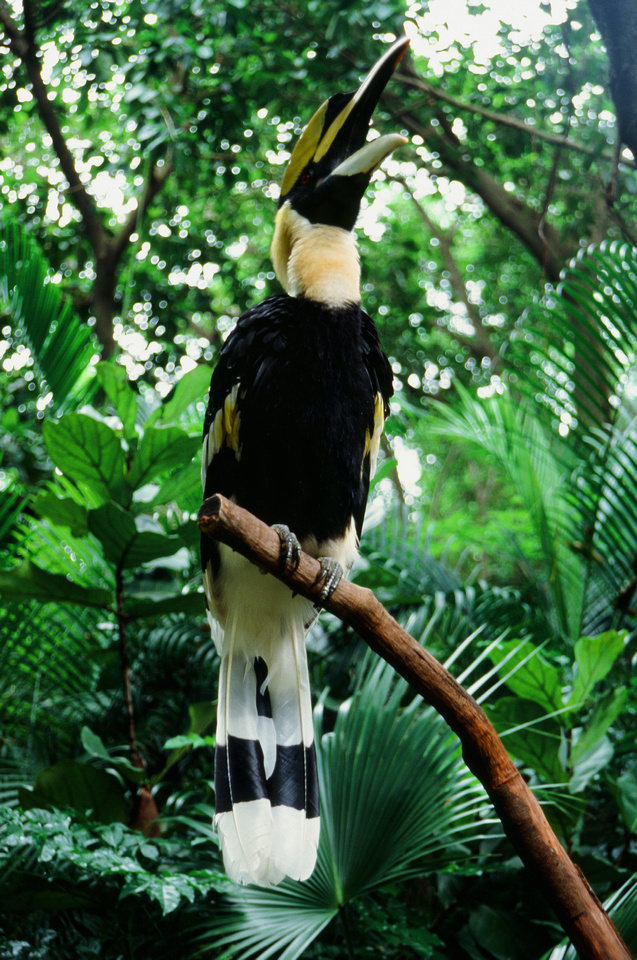



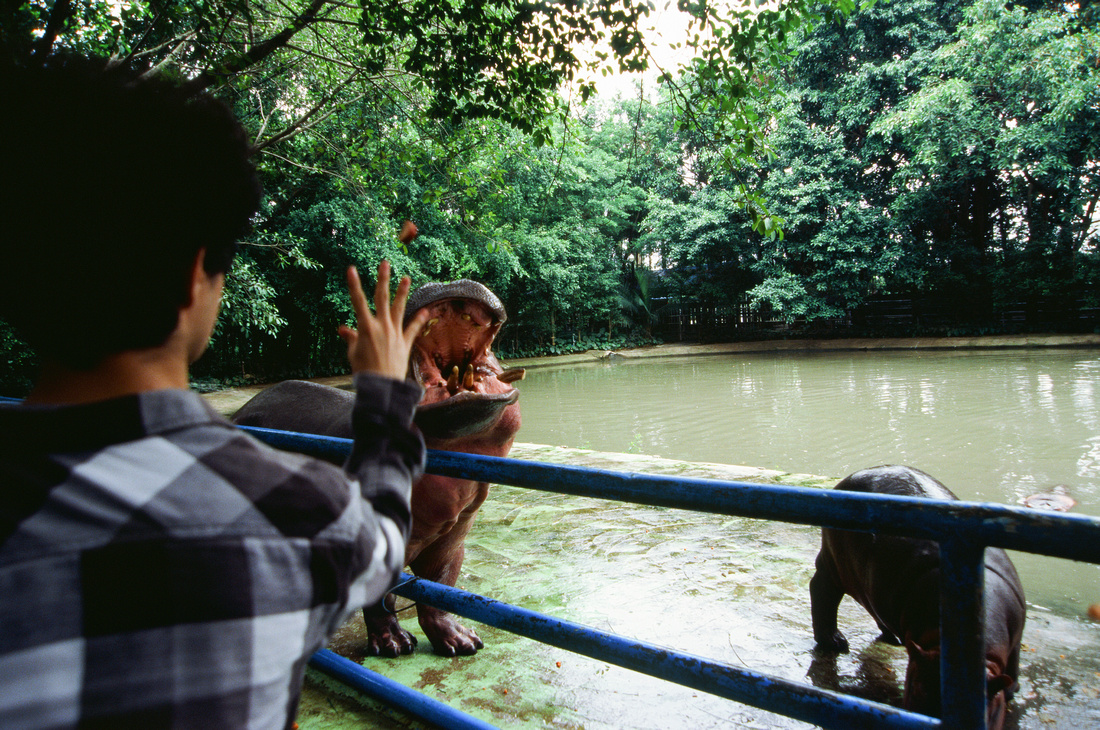

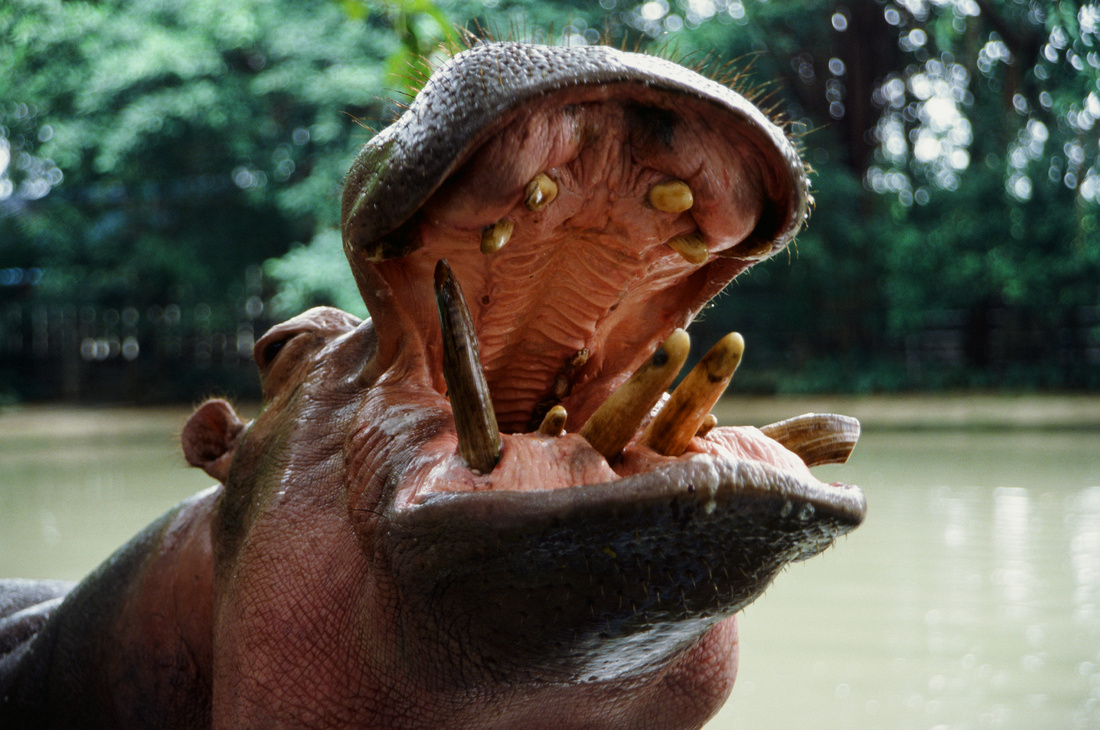

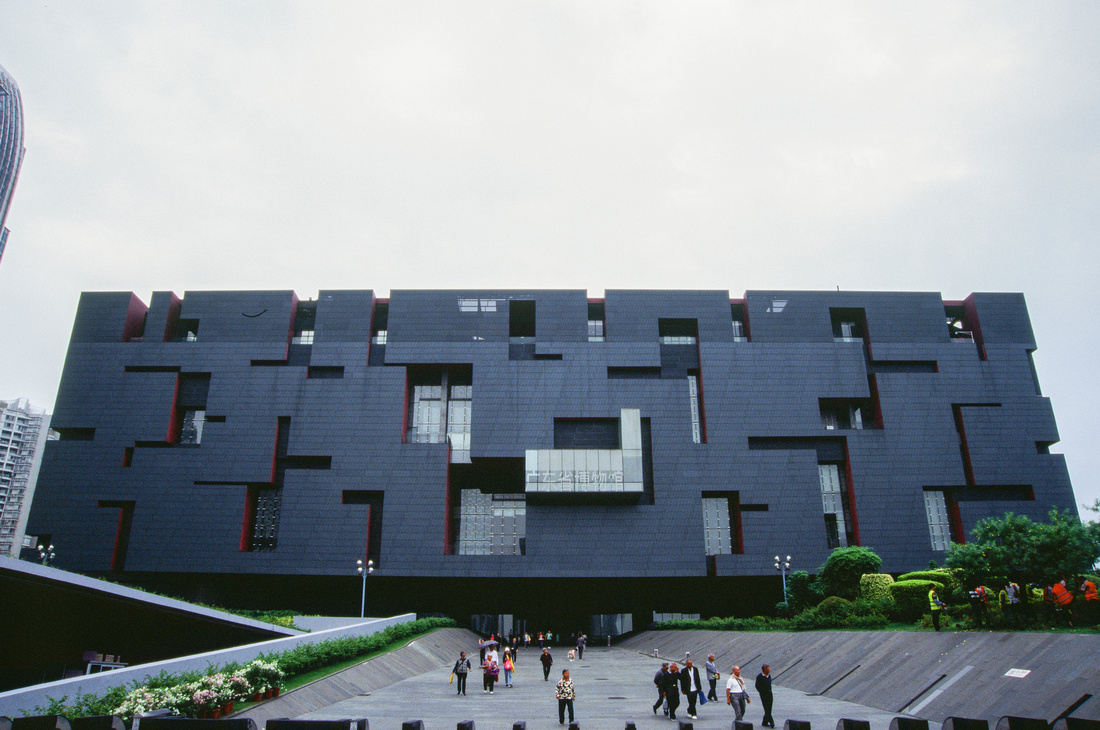

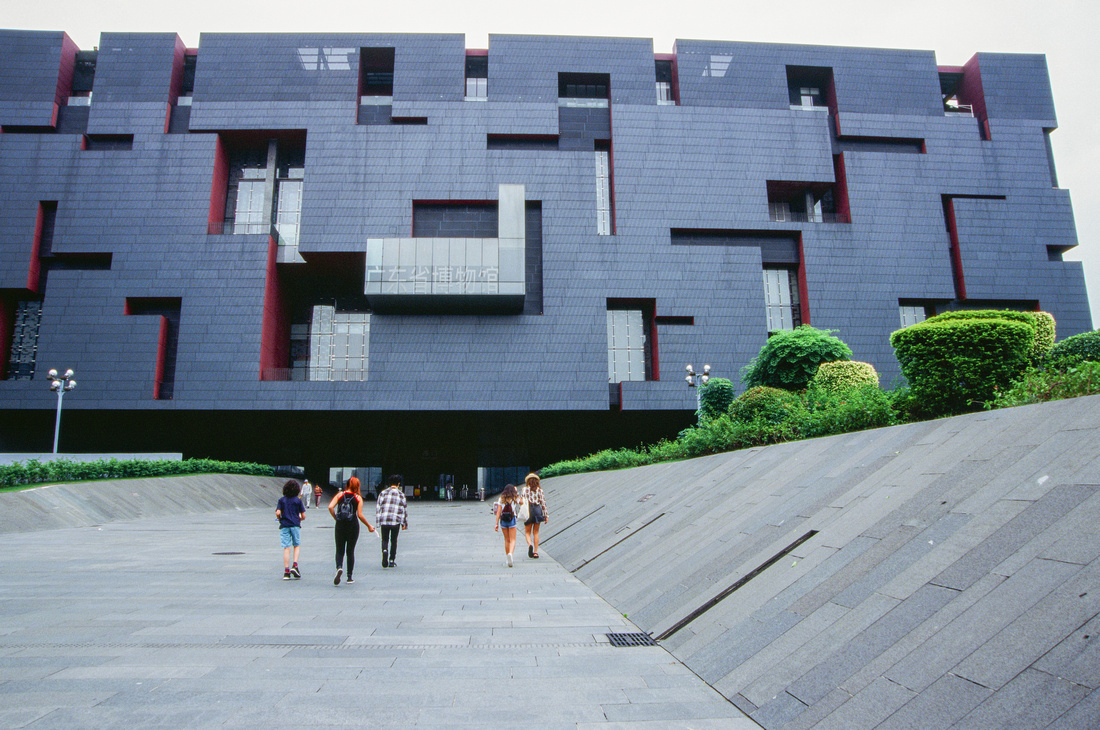

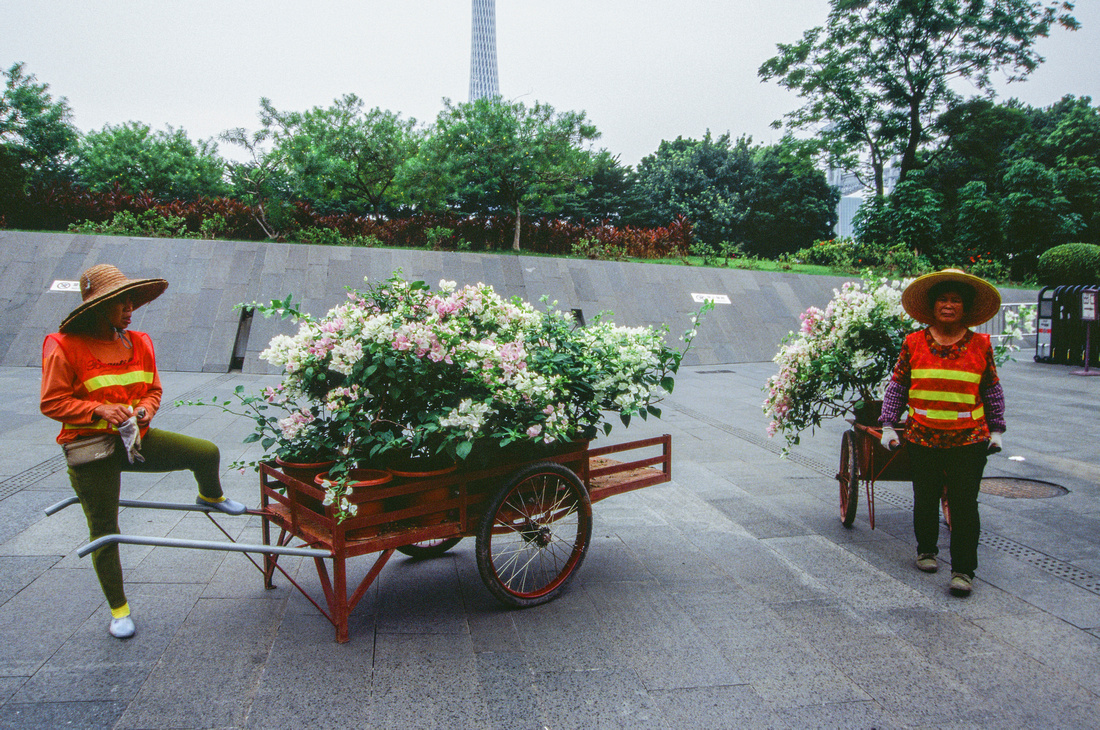



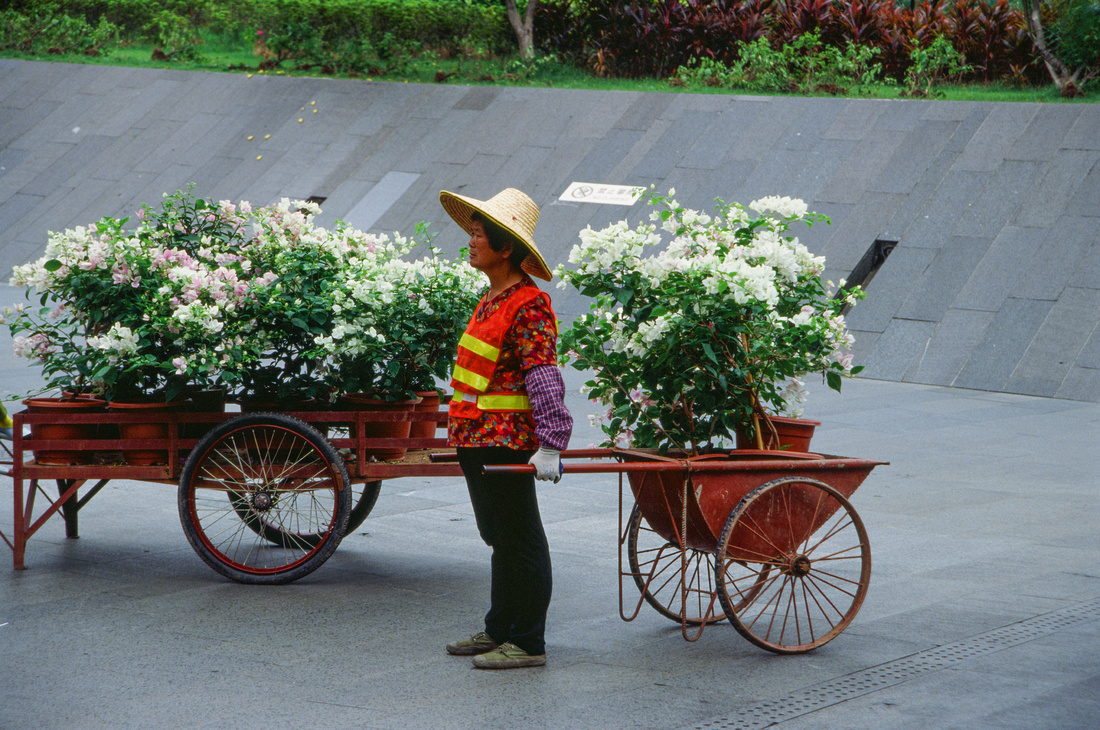



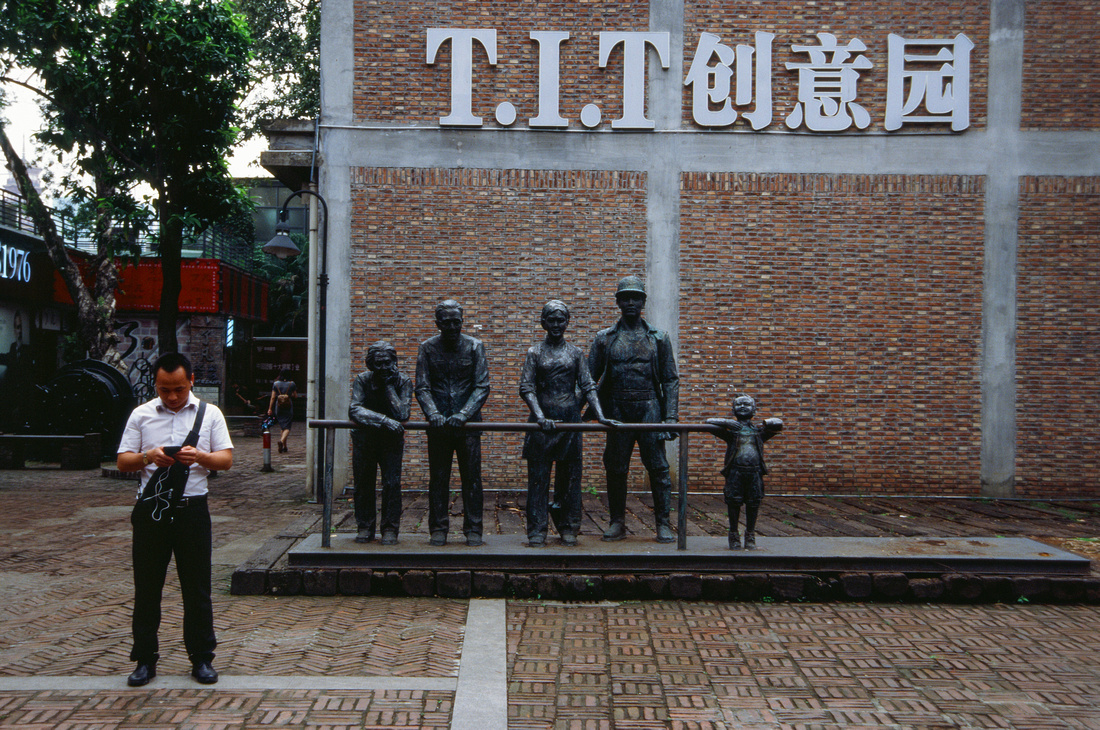

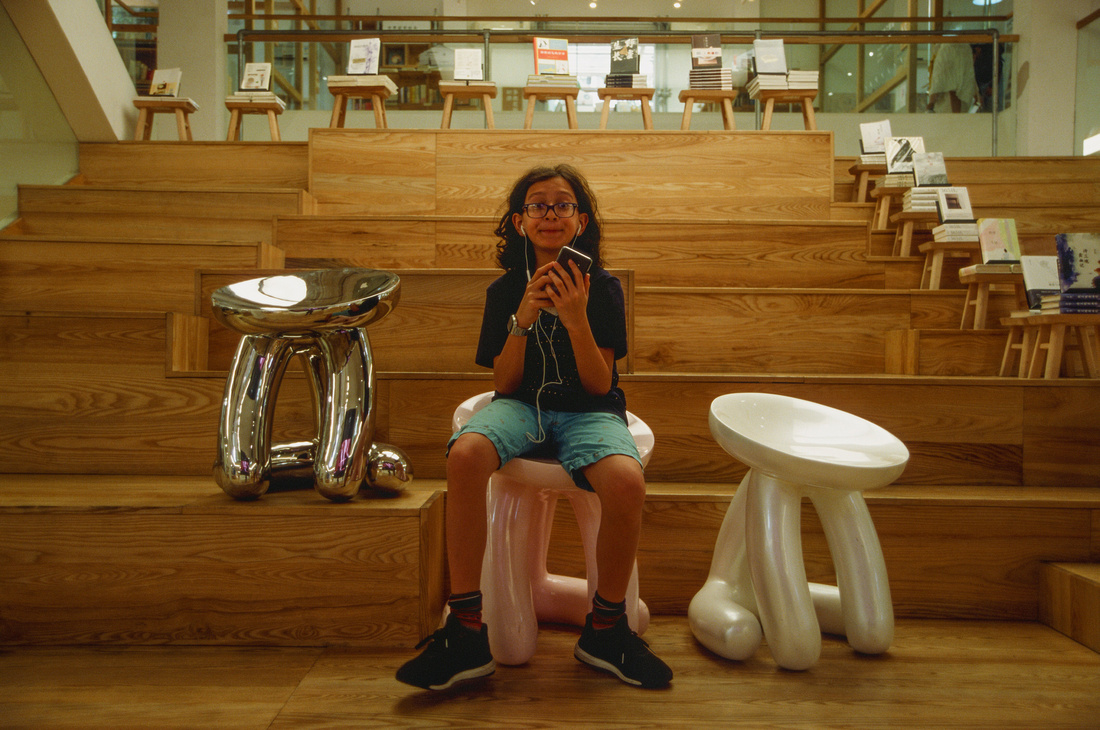

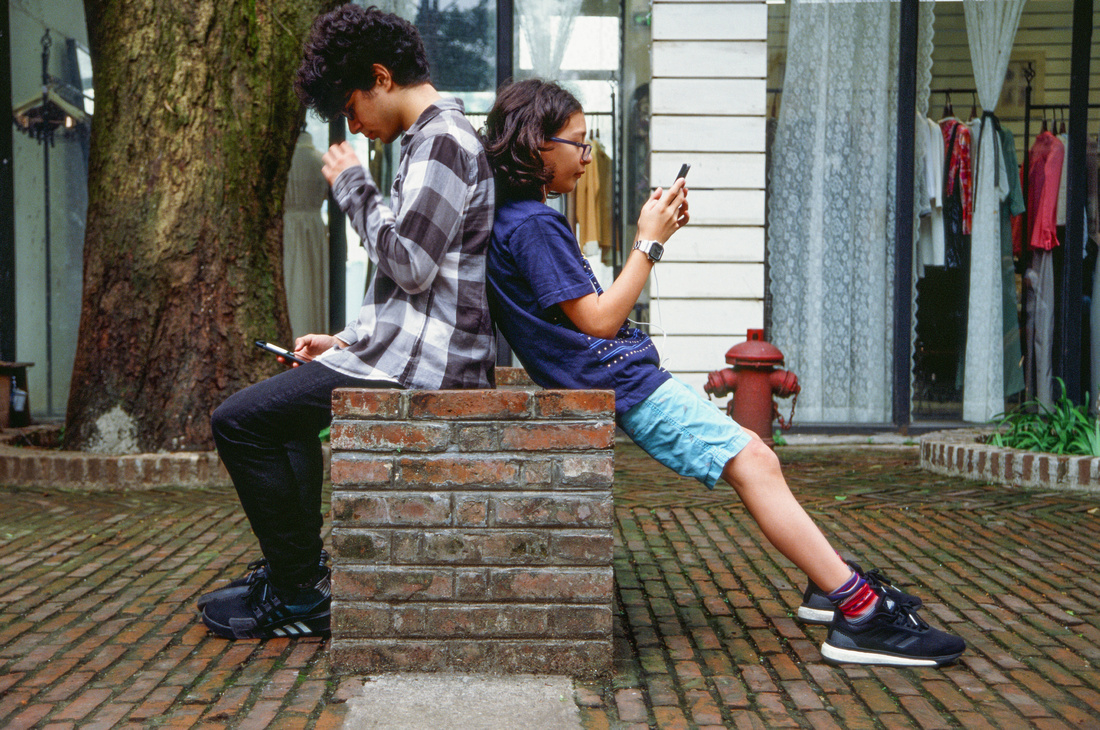

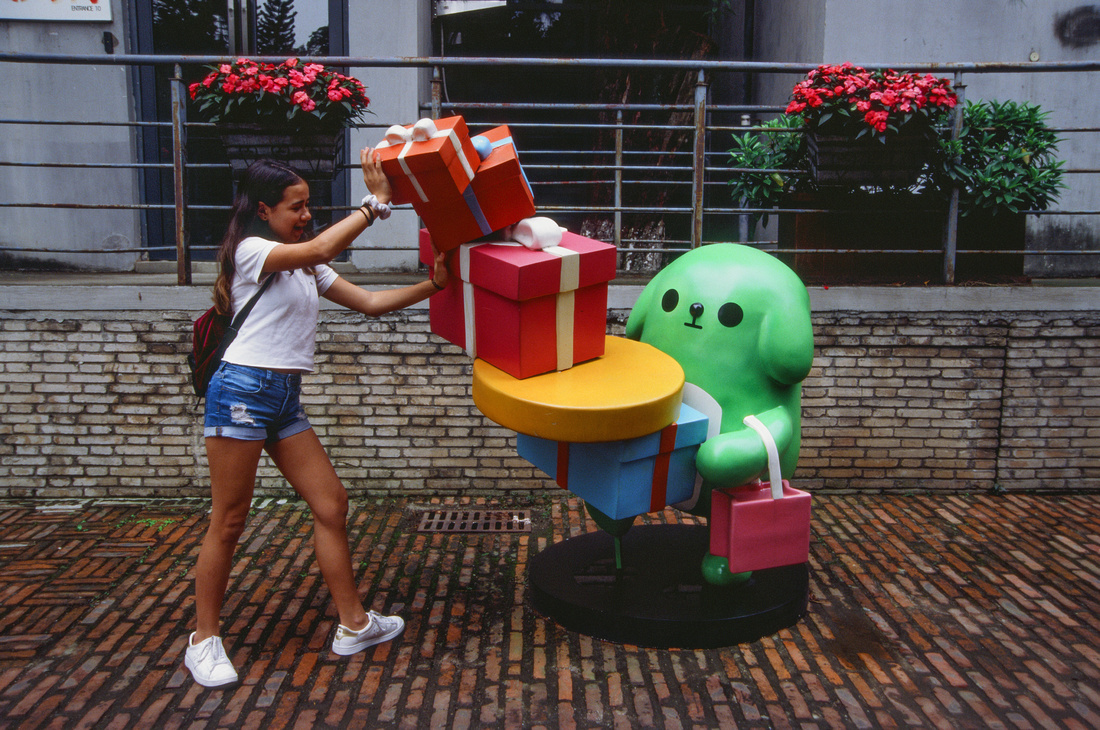

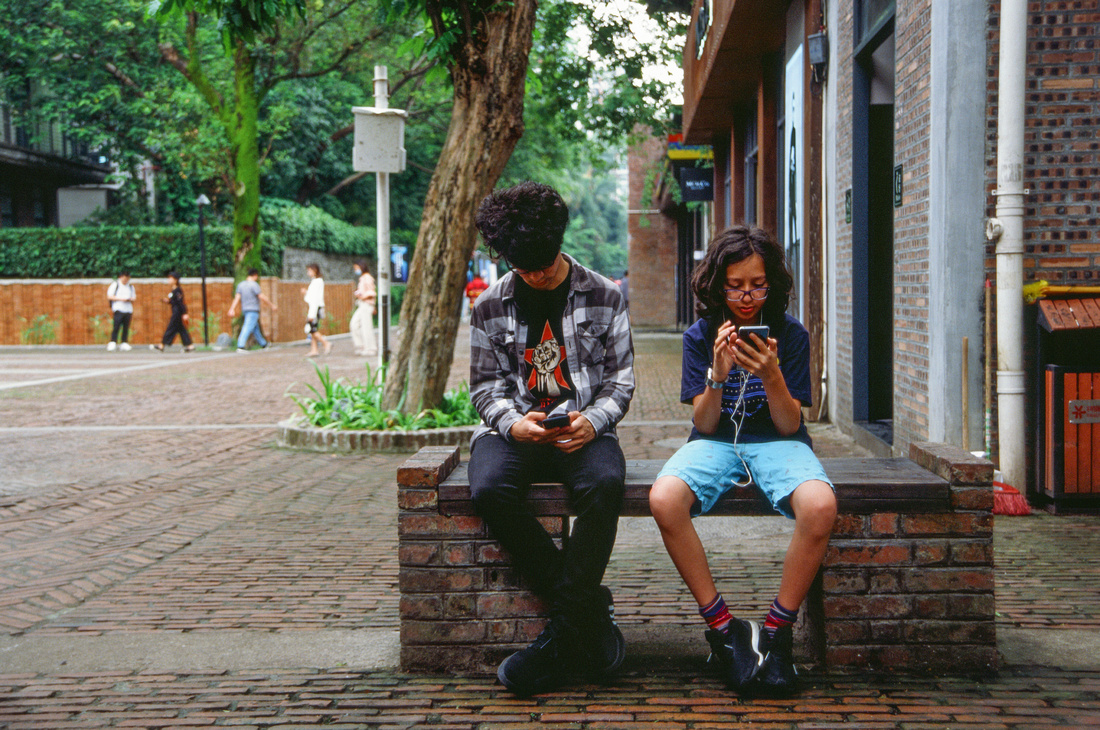



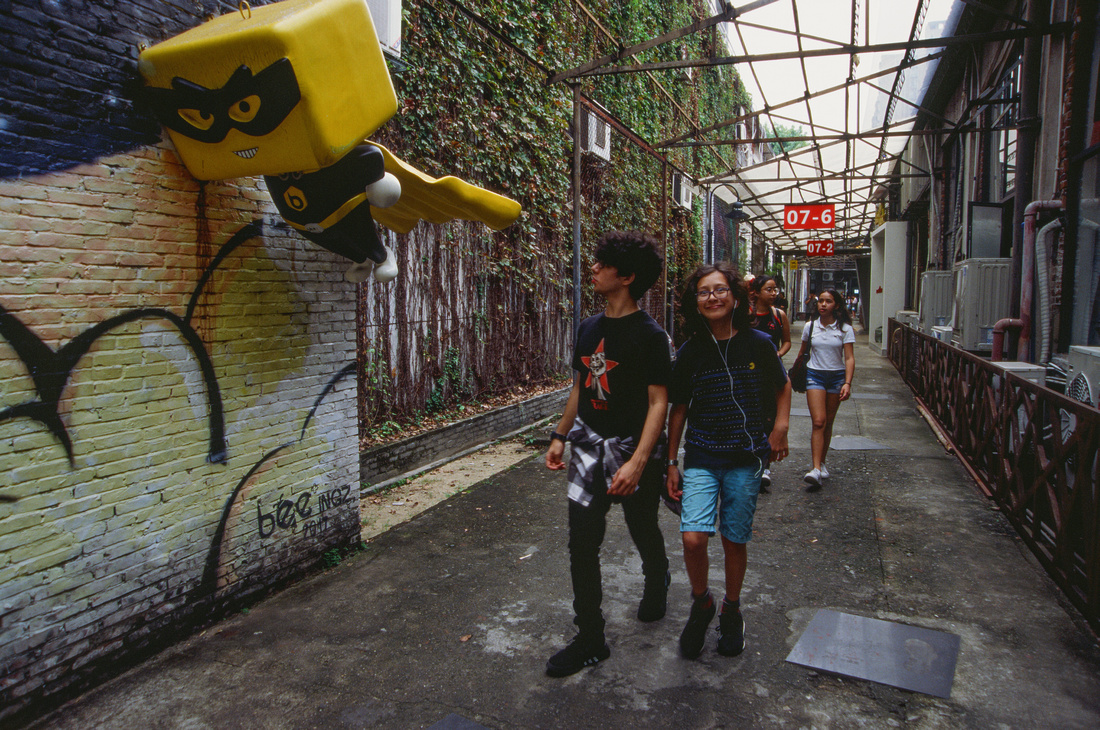

National Geographic Travel Photographer of the Year 2017 Editor’s Favorite: Galleries: Week 4 Cities & People
Casual Photophile Tip & Techniques No. 001 The Subject is the Subject
The Inspired Eye Photography Magazine Issue #40 (full interview)
Hong Kong Free Press: HKFP Lens
Blog #18 Criticizing Photographs or Beyond the “like”
Blog #25 Don’t Be Afraid of the Dark[room].
Blog #47 Composition, Composition, and More Composition
Blog #65 Summer is for Travel (Hanoi)
Blog #67 Risks, Rules, & Restrictions
Blog #68 Photography is a Gift
Blog #72 Living the Creative Life
Blog #90 Restrictions, Revisited
Blog #93 Photographic Technique
Blog #105 Signs, Signs, Everywhere a Sign
Blog #127 Camera Crazy
Blog #127 Camera Crazy
I’m pecking the keys for this blog post on the autumnal equinox. This is the date on the calendar when the new iPhone has been announced, and the camera makers are pushing new models out one after the other. It’s all ahead of the Christmas and holiday season to temp those of us on the road to recovery from a bad case of GAS.
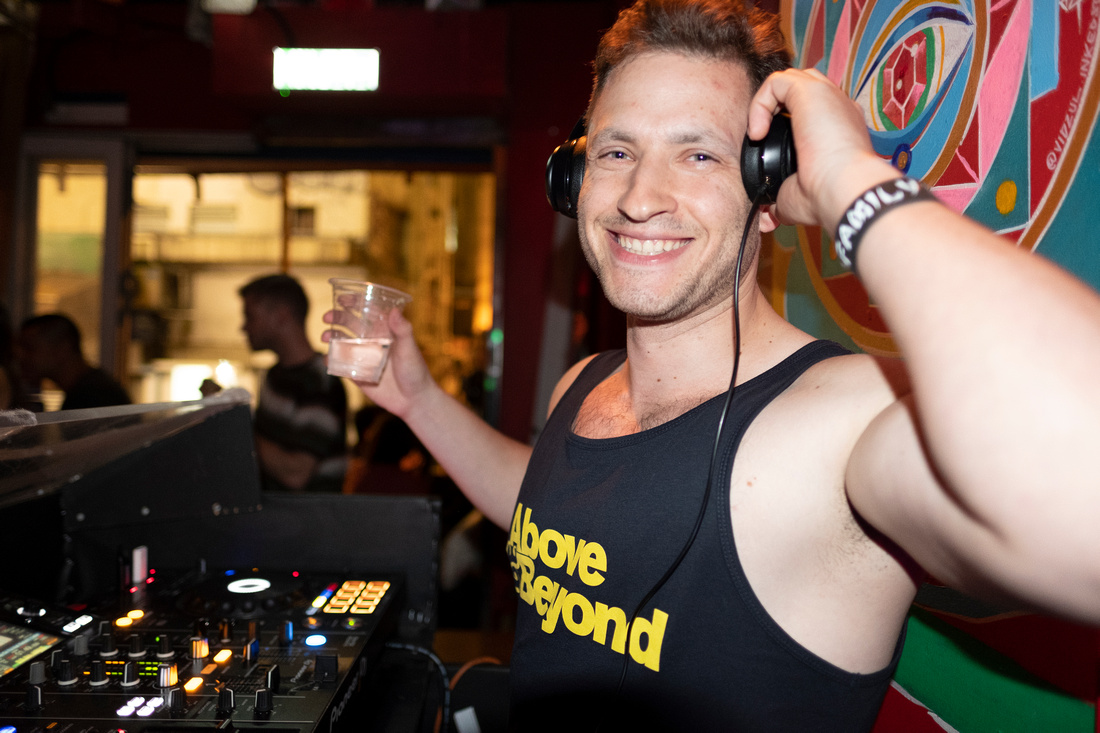

The much-anticipated mirrorless Nikon Z series has recently been announced and save a dual card slot (shame, shame, Nikon) it checks all of the boxes and promises to be a stellar piece of modern mirrorless magic. Canon has made its offering, as have Fujifilm in its latest iteration of the professional Grade X-Series with the pinch faster and slightly better at everything X-T3. The Pentax K1 has got some sensor magic never before known to mankind like some sort of Machiavellian pixel shift wizardry from summonsed from the underworld. Then comes the iPhone Xs with its double lenses boasting adjustable background blur after the picture has been shot. Seriously? Ok, take my money already you fruity fuckers.
If lighting fast smartphone sensors, highly evolved APS-C numbers, or full frames stuffed into sexy and svelt mirrorless weather-weather-resistant bodies don’t give you inspiration to make two-dimensional image art, then there are the Medium Format offerings from Pentax, Fujifilm, Leica, and of course Hasselblad.
GAS is hitting hard these days. I feel like Lloyd Bridges from Airplane who periodically reports throughout the movie “Maybe I picked the wrong week to quit sniffing glue” (or some other drug like drinking). Maybe I picked the wrong year to decide to quit buying camera bodies. Well…the year is over and the holidays are around the corner.
In the mean time, I’ll settle for the Fujifilm 16mm f/1.4 wide angle marvel of a lens. What’s on your Santa list? Whatever it is, you better be good for goodness sake.
The light is always right.
jhg
*Images: © Jeremy H. Greenberg
Where: Beertopia, Central, Hong Kong
Subject: Beertopia Event and Test Shots with the Fujifilm 16mm f/1.4
Gear: Fujifilm X-E3 + Fujifilm 16mm f/1.4 ASPH WR




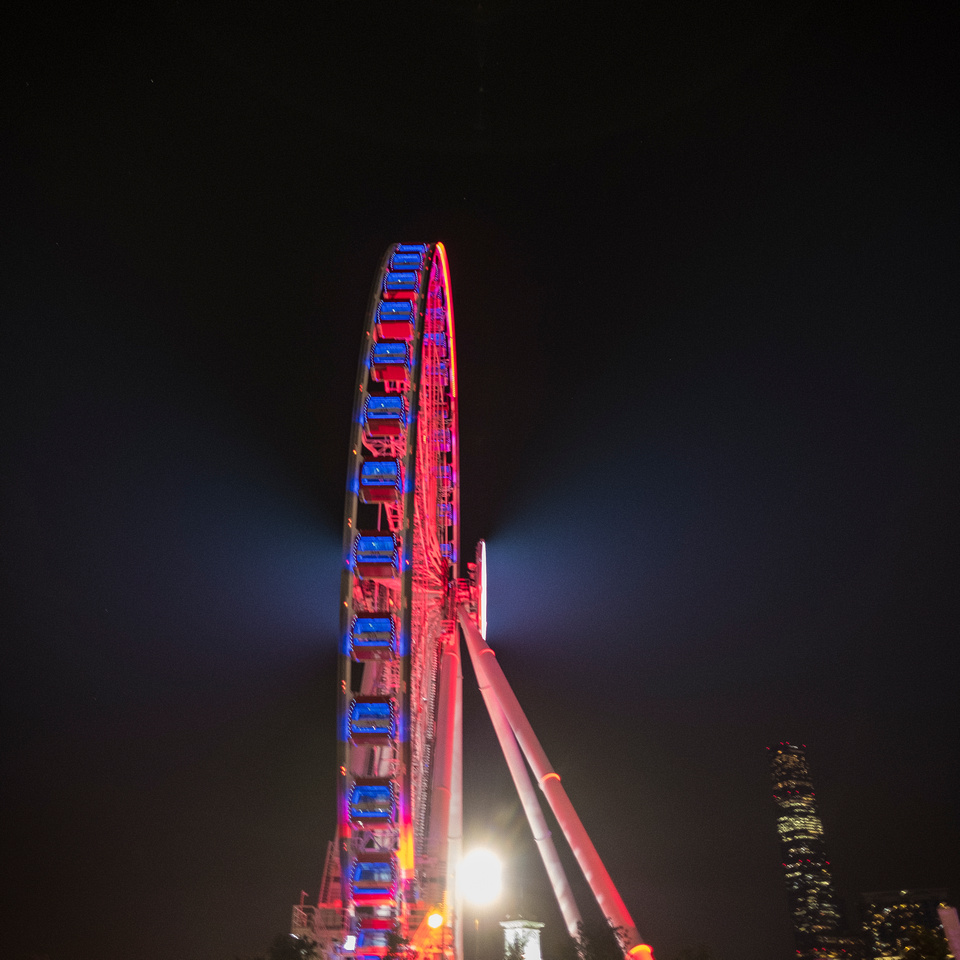

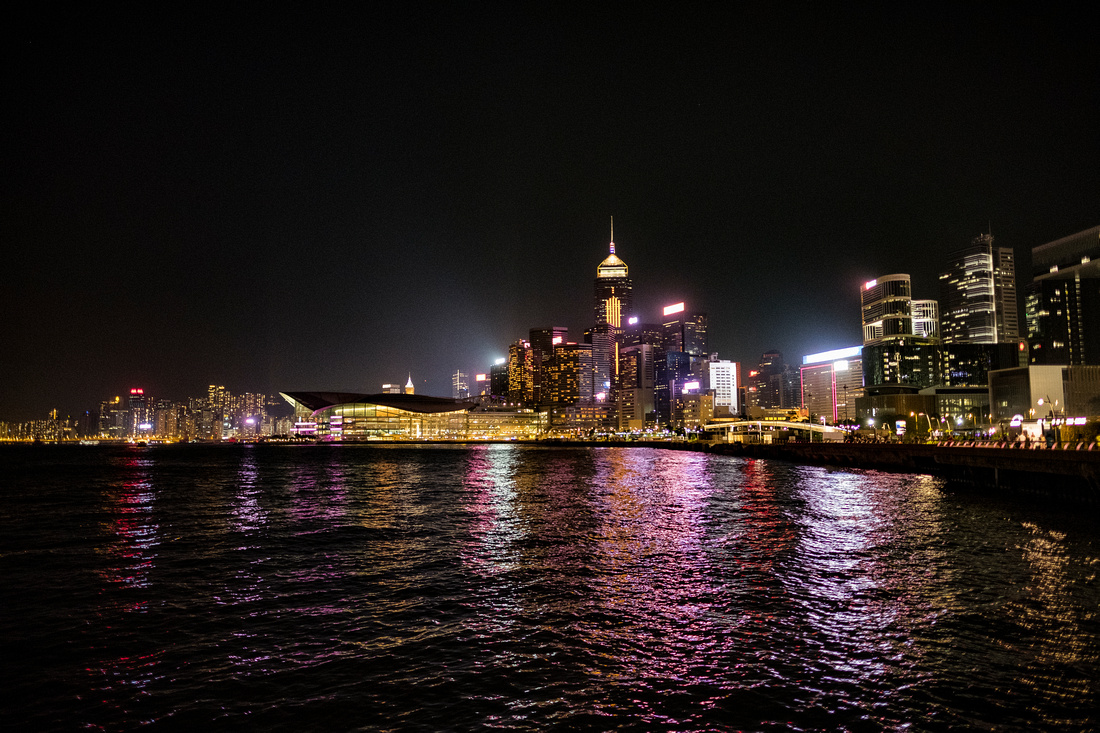

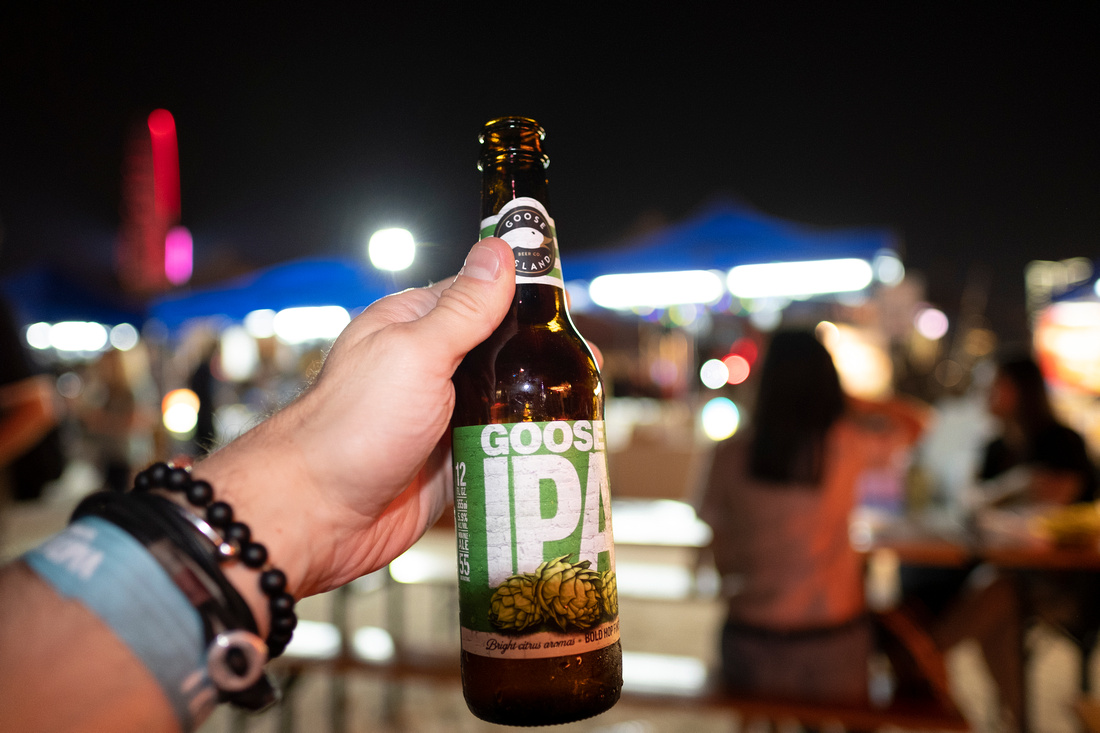

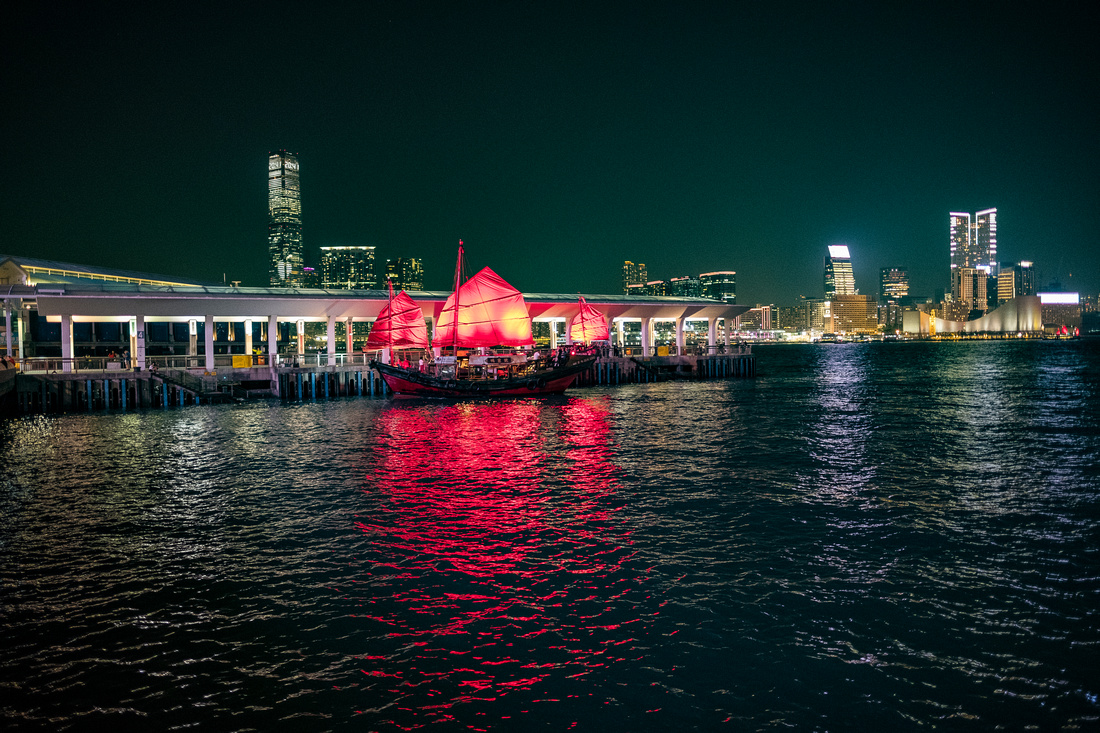

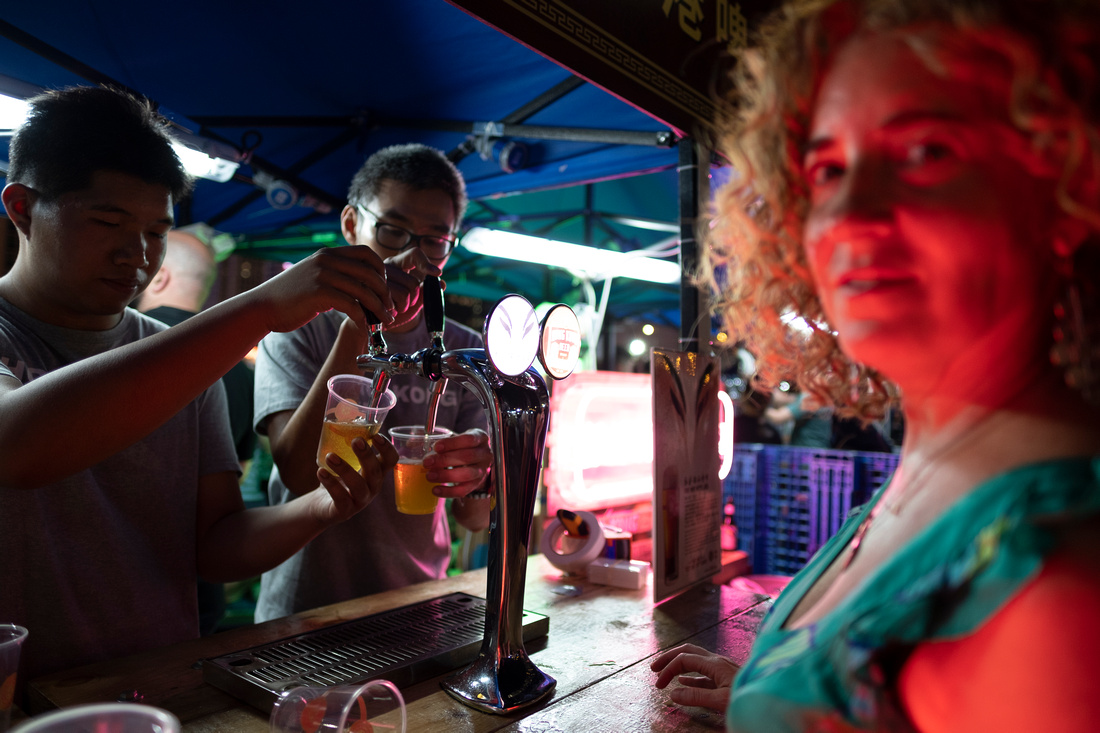

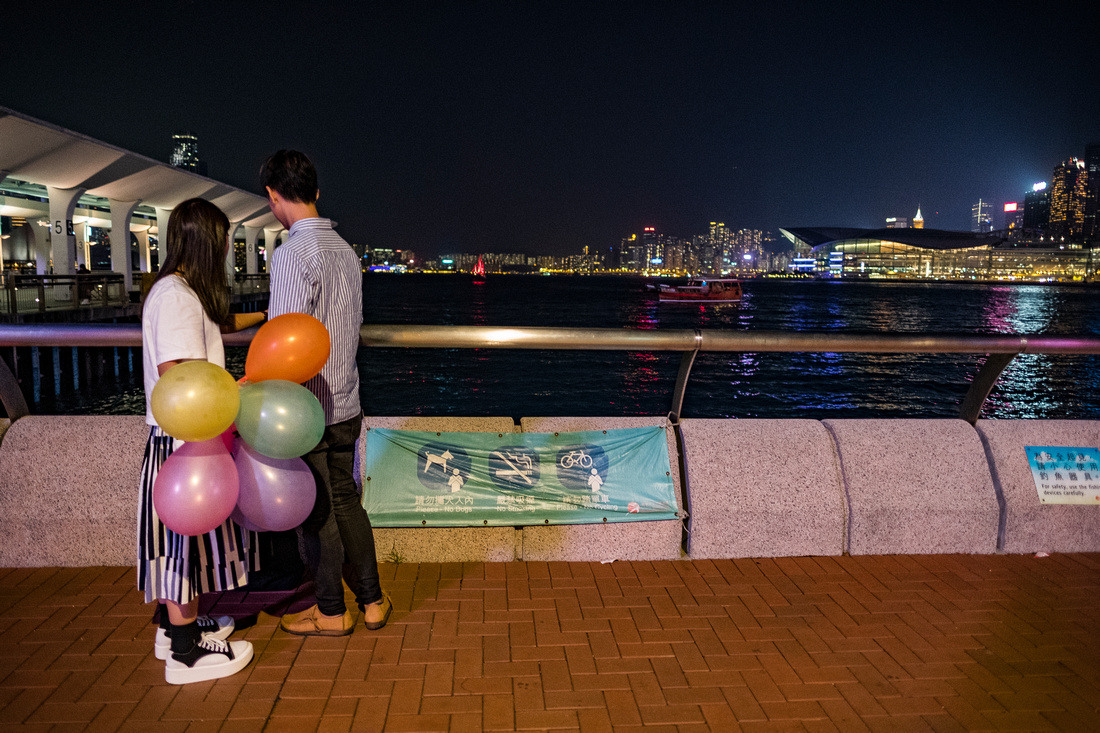

National Geographic Travel Photographer of the Year 2017 Editor’s Favorite: Galleries: Week 4 Cities & People
Casual Photophile Tip & Techniques No. 001 The Subject is the Subject
The Inspired Eye Photography Magazine Issue #40 (full interview)
Hong Kong Free Press: HKFP Lens
Blog #18 Criticizing Photographs or Beyond the “like”
Blog #25 Don’t Be Afraid of the Dark[room].
Blog #47 Composition, Composition, and More Composition
Blog #65 Summer is for Travel (Hanoi)
Blog #67 Risks, Rules, & Restrictions
Blog #68 Photography is a Gift
Blog #72 Living the Creative Life
Blog #90 Restrictions, Revisited
Blog #93 Photographic Technique
Blog #105 Signs, Signs, Everywhere a Sign
Blog #126 How to use post processing to achieve your vision
Blog #126 How to use post processing to achieve your vision
Post processing images can be a controversial topic. The fact of the matter is that for just about as long as photography has been around (1838) images have received a nip here and a tuck there as a general practice. Once wet plates and the modern day acetate film strip was invented, along with darkroom techniques, images became subject to dodging, burning, and many types of manipulation and color adjustments. Adobe’s Lightroom application is the modern day equivalent to the darkroom but goes way beyond. Photoshop goes further even still by allowing the user to add, subtract, multiply, and divide the composition and subjects within an image. Your imagination is the only limitation quite literally.
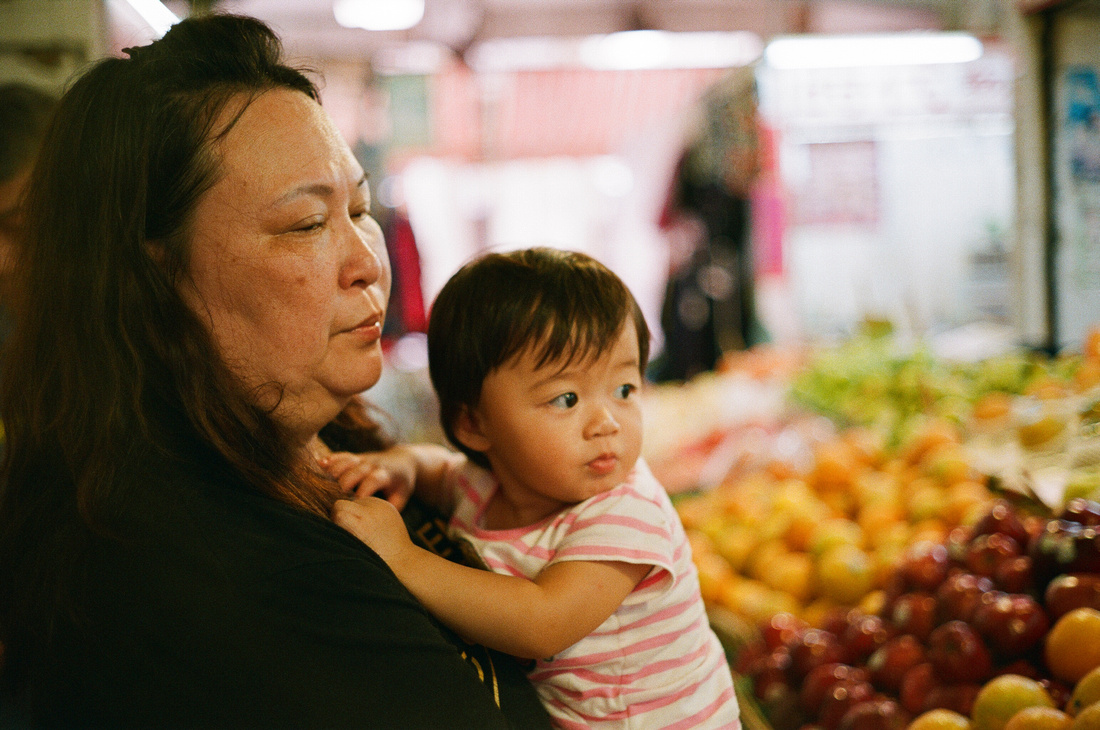

These processes have been and will always be controversial. On one side of the argument there is the purest who insists on getting everything right “in camera” and tolerates zero post processing edits or techniques. Then there are those who chose to tell their stories without restraint insofar as post processing is concerned. The rest of us fall somewhere in between these polarised artist positions. Check out @surrealhk for a brilliant illustration of how Photoshop can help you to achieve your vision.
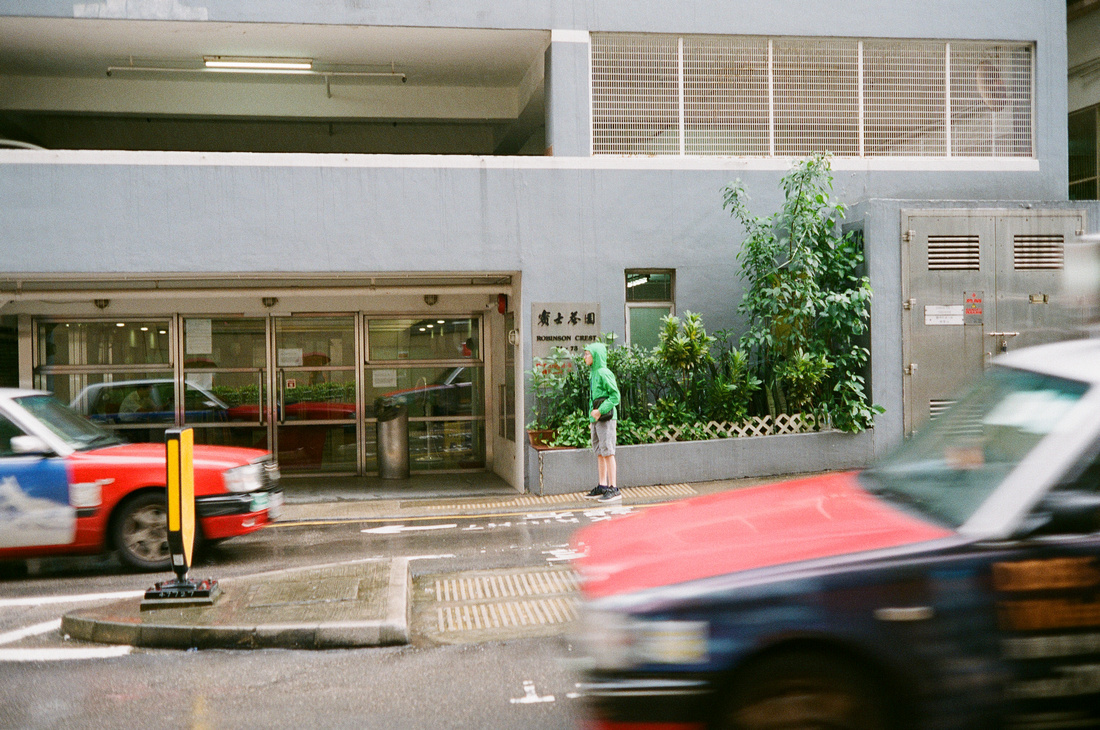

When you visualise an image the camera rarely spits out exactly what you envisioned the moment that you pressing the shutter release. What you see and feel through the viewfinder [LCD screen] does not translate 100% to jpeg or raw file on your computer screen later than day. It just doesn’t work that way on a regular basis, not for me anyway. The “feeling” or “atmosphere” might not be communicated through the camera and from the final image. This is where post processing can aid you in the expression of your creative vision. Lightroom is your friend.
Perhaps an architectural scene caught your eye due to the lines, shapes and tones but the image was made in color. You feel the need to convert that image into black and white to share that high contrast striking aesthetic and feeling with your audience.
Perhaps an epic scene rolled out in front of you while on a hike and the light was very bright, warm, and moving. The image that your camera spat out later at home seemed to lack the lustre that you remembered. You proceed to push some sliders and Voila! The color pops and you recapture that feeling of the scene with its punchy colors as you remembered it.
Maybe you’re out on a misty, rainy night and capturing figures moving about an urban landscape with all of those gorgeous reflections, umbrellas, and deep shadows. The image that your SD card produces later on just doesn’t match what you remember in your “minds eye”. A little masking around subject to decrease sharpening of the background, flip to black and white, and a touch of vignette and now there’s the scene and mood that you remembered!
These are just a couple of examples but there are many more instances where the camera doesn’t quite capture the light, mood, or scene the way that you remembered it. This is where post processing can be instrumental in elevating the image produced by the camera closer to your artistic vision and taste.
Go ahead, don’t be afraid, push and pull your images to align them with how you remembered the picture. Don’t stop there, push the image further and see it if works or not. Every image is different and will require different amounts of post processing to work. Sometimes a 10% crop is all it takes along with a pinch of sharpening.
In conclusion, there is one caveat, avoid over-processing because it will look obvious or it will be apparent that you “tried to hard” and the image will look forced and unnatural. You know it when you see it.
When it comes to post-processing, do like Frankie says…
Relax.
The light is always right.
jhg
*Images: © Jeremy H. Greenberg
Where: Hong Kong
Subject: Street Photography
Gear: Olympus 35RD Rangefinder (1971) + Agfa Vista Plus 200 Color Film 35mm
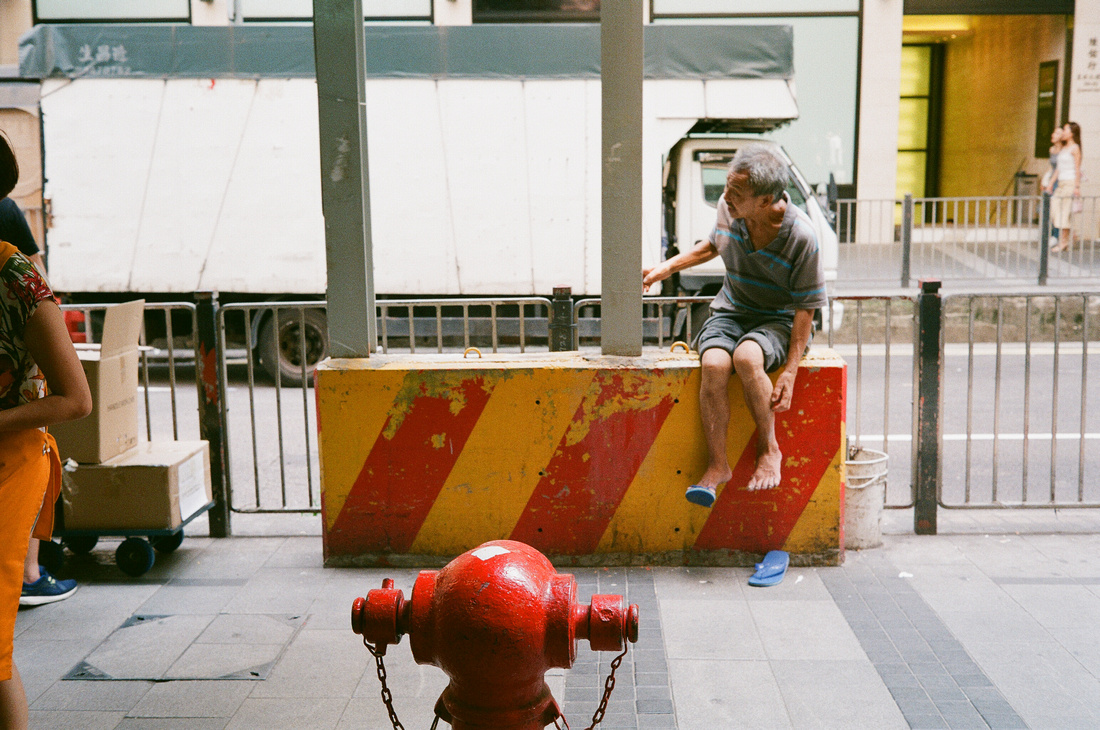

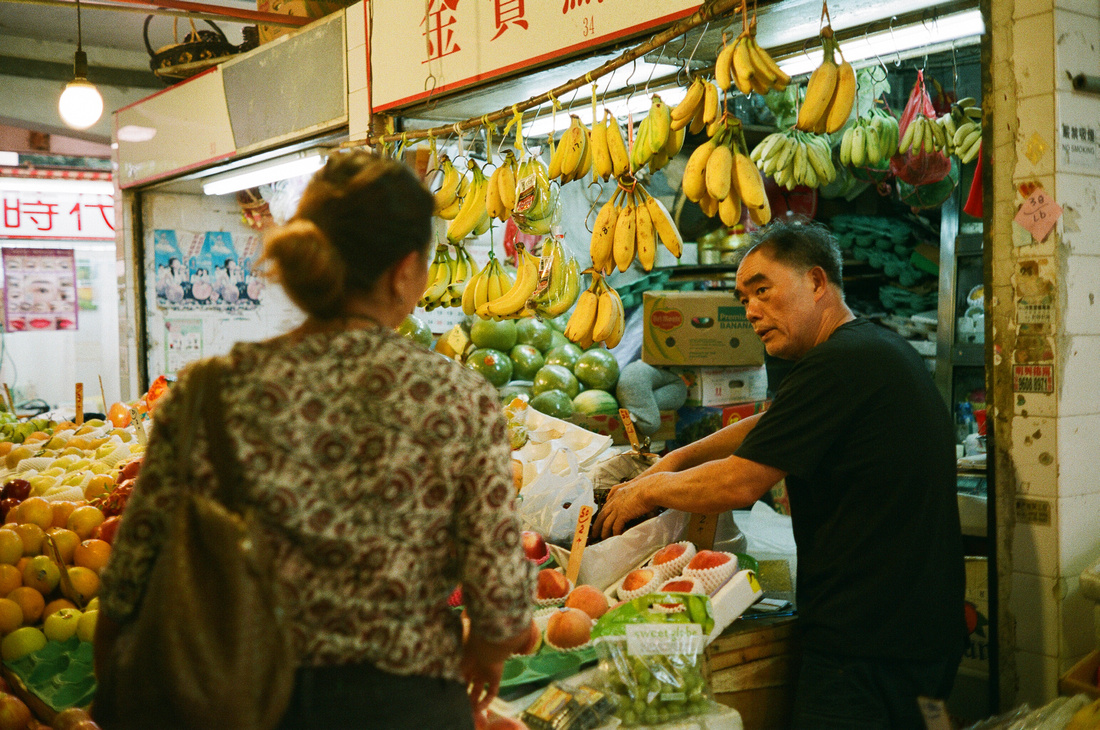

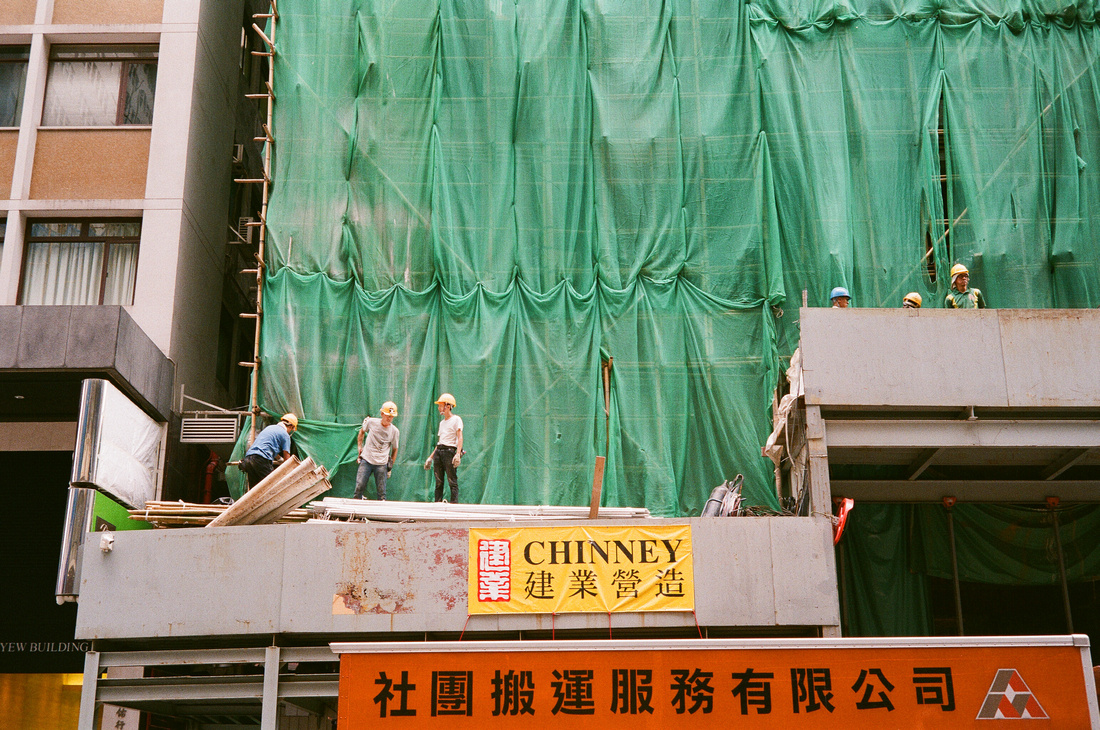

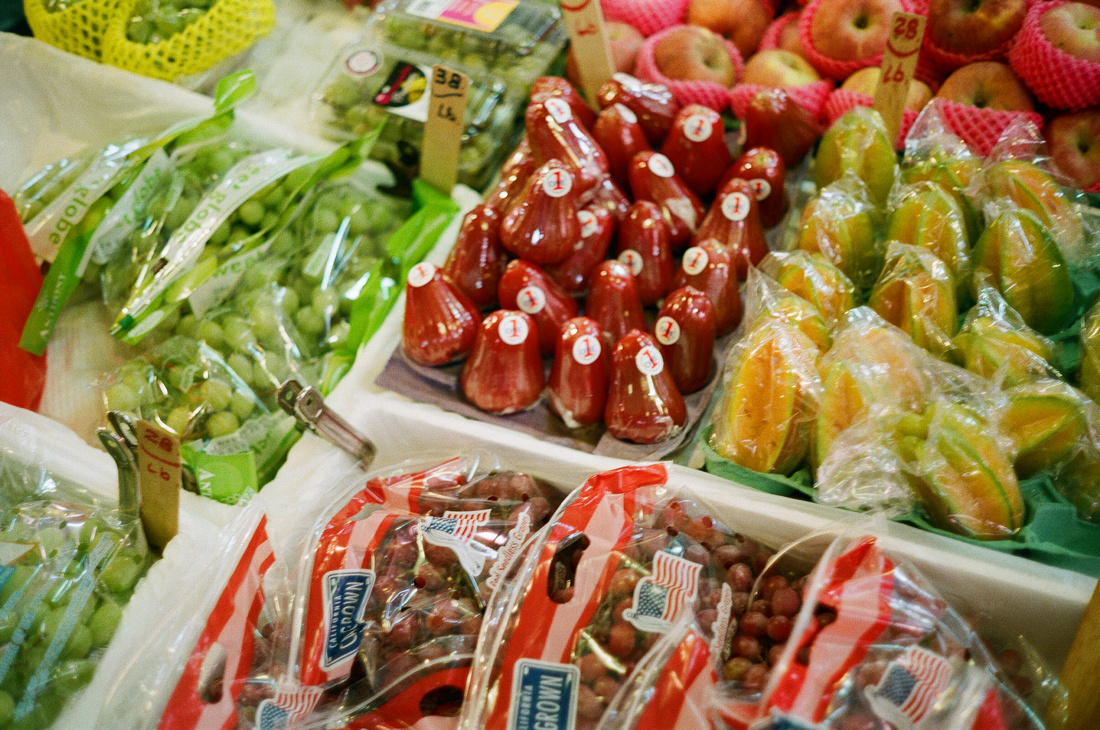

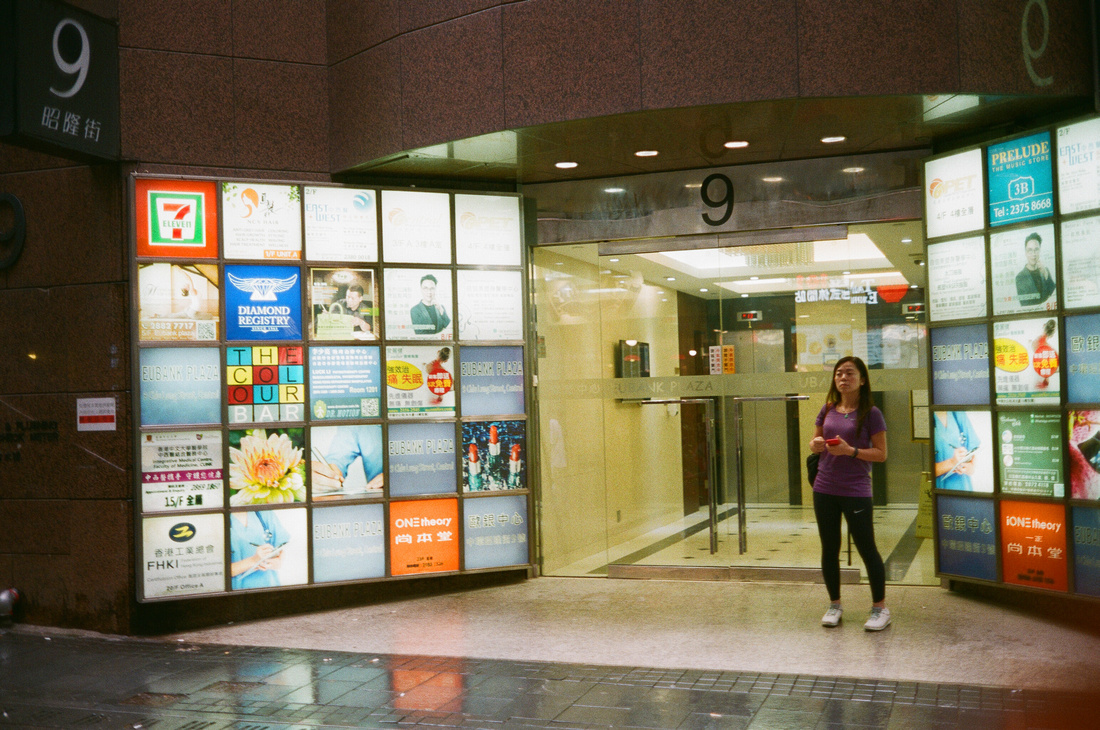

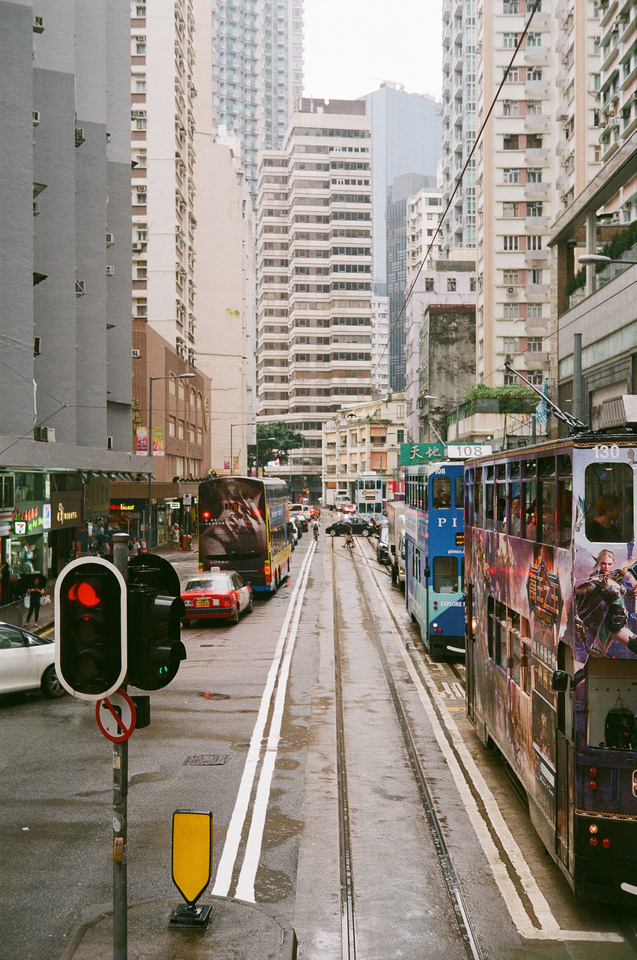

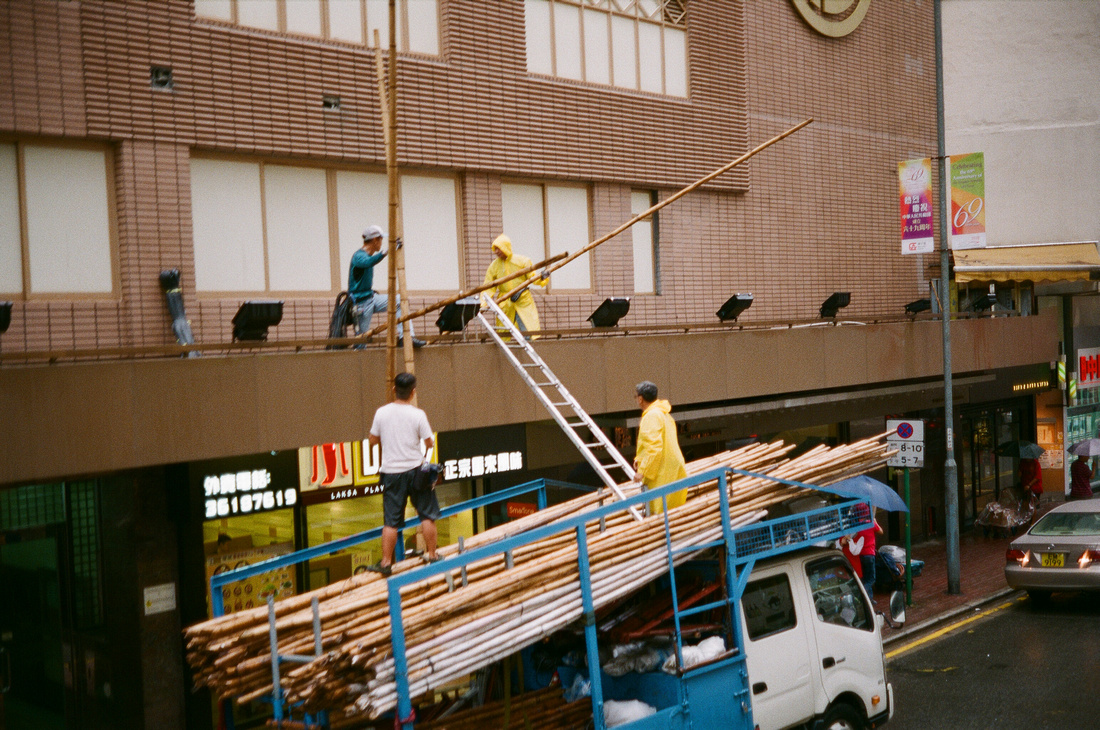

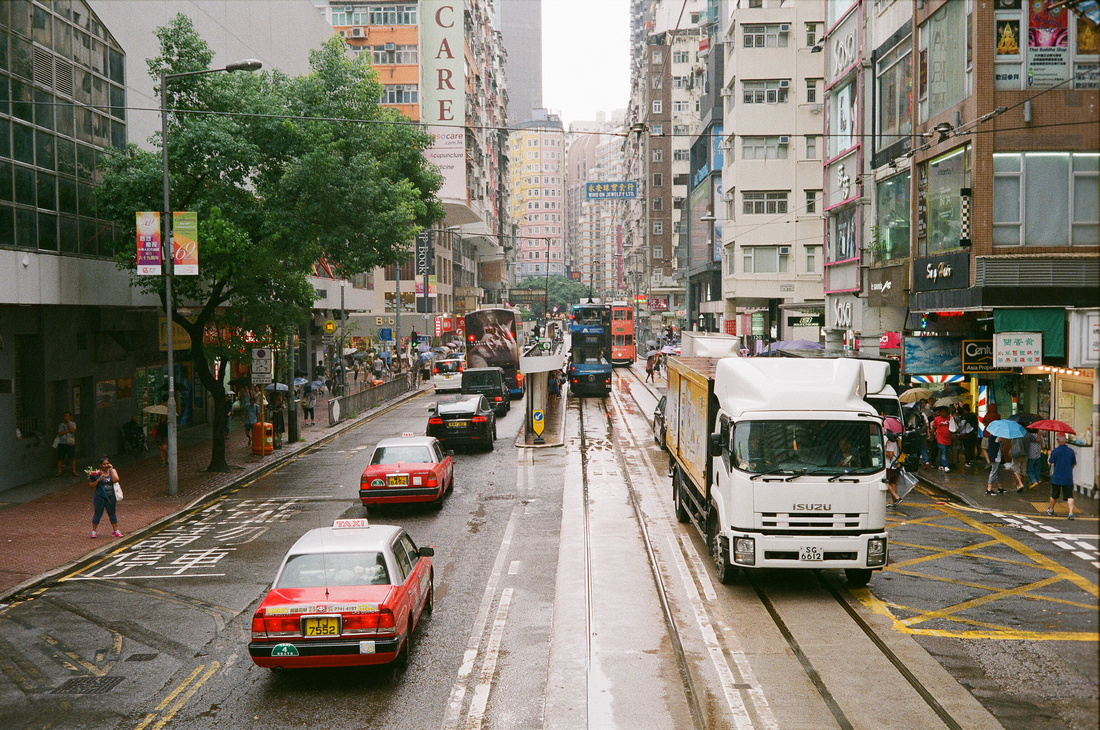

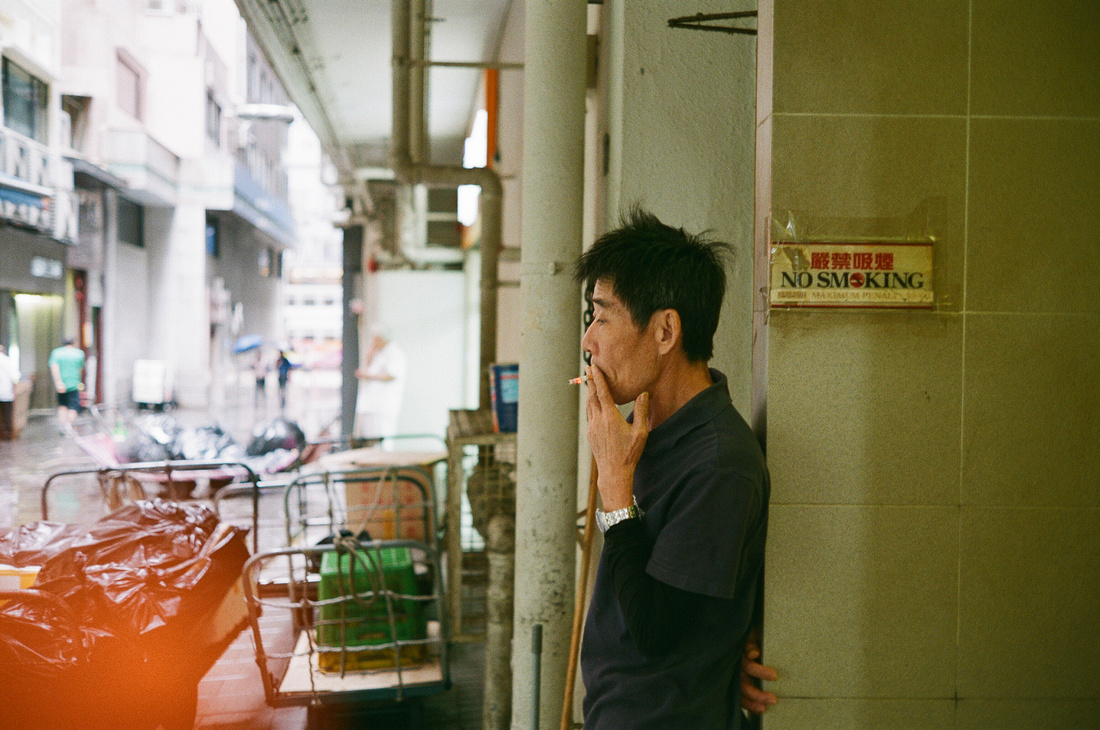

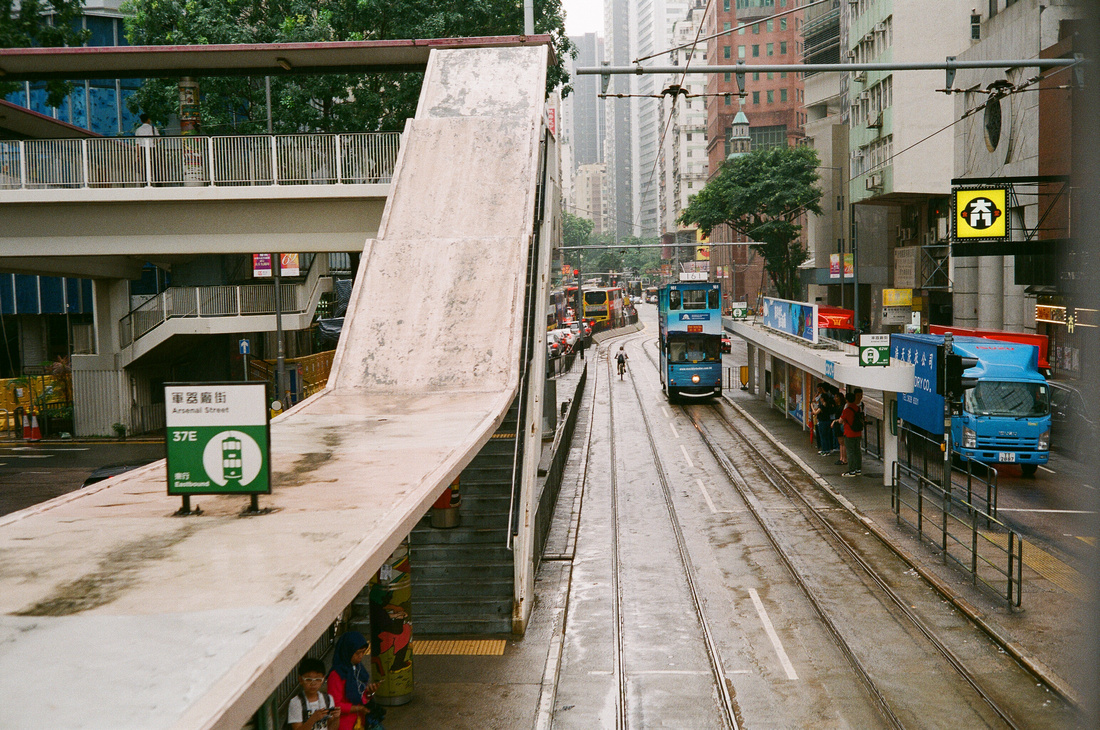

National Geographic Travel Photographer of the Year 2017 Editor’s Favorite: Galleries: Week 4 Cities & People
Casual Photophile Tip & Techniques No. 001 The Subject is the Subject
The Inspired Eye Photography Magazine Issue #40 (full interview)
Hong Kong Free Press: HKFP Lens
Blog #18 Criticizing Photographs or Beyond the “like”
Blog #25 Don’t Be Afraid of the Dark[room].
Blog #47 Composition, Composition, and More Composition
Blog #65 Summer is for Travel (Hanoi)
Blog #67 Risks, Rules, & Restrictions
Blog #68 Photography is a Gift
Blog #72 Living the Creative Life
Blog #90 Restrictions, Revisited
Blog #93 Photographic Technique
Blog #105 Signs, Signs, Everywhere a Sign
Blog #125 Photography is about…
Blog #125 Photography is about…
How would you finish this sentence? Is photography about the camera? gear? personal growth? personal expression? capturing personal moments? freezing time? the moment? the subject? The story? Clearly there is no right answer here. If you ask 10 photographers this question, you will get 10 different answers and that is OK.
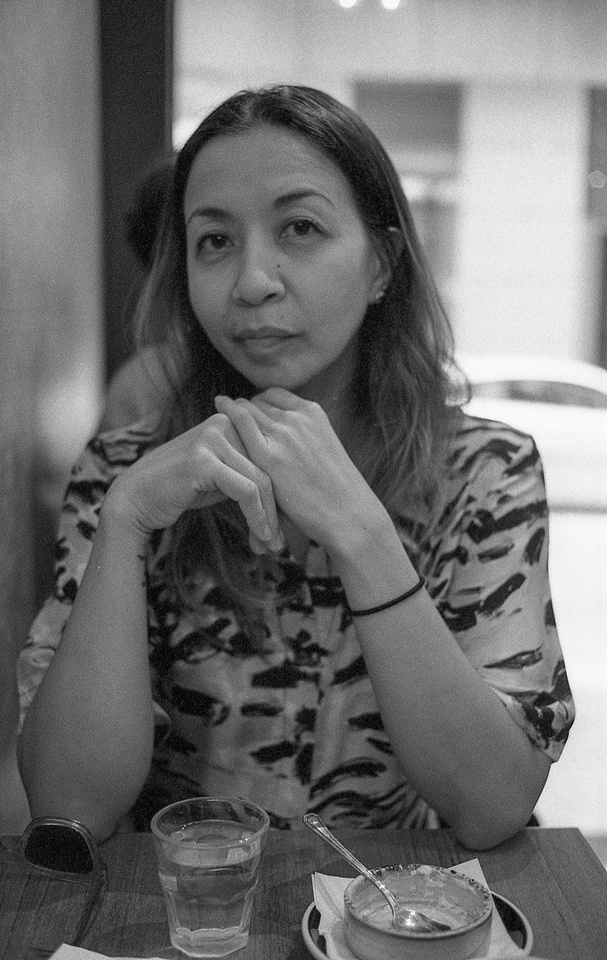

Your answer to this question will define your relationship to this art form.
Why should you care about that? Well, I suggest that you the way that you define your relationship to photography will inform how much time and effort you spend on it each week.
What is photography to you, a hobby, an interest, or are you an aspiring professional aiming to make people happy (and some money perhaps) making and sharing your images?
We all have the same 168 hours per week. We must sleep, eat, earn money to live, take care of ourselves, maintain relationships, relax and enjoy life, and somewhere in all of that, we are trying to be an artist. Maybe you’re trying to be a full time artist? That’s terrific! I cant do photography full time since I have other responsibilities as a father and educator but that works for me.
Each of us has our own time constraints and allocation of resources to photography. The percentage of time that each of us spends on improving our work each week ought to be proportional to our career and creative goals. We might be spending too much or too little time doing photography and we should might need an adjustment to align the time with our relationship to the art form in terms of priorities and goals. Gauge your progress using annual goals. This approach works for many. Use this as food for thought for your creative work and keep on keepin’ on!
The light is always right.
jhg
*Images: © Jeremy H. Greenberg
Where: Hong Kong
Subject: Family & Street Photography
Gear: Olympus 35RD Rangefinder [1971] + Yellow #8 Filter + Ilford Delta 400 35mm Black and White Film
National Geographic Travel Photographer of the Year 2017 Editor’s Favorite: Galleries: Week 4 Cities & People
Casual Photophile Tip & Techniques No. 001 The Subject is the Subject
The Inspired Eye Photography Magazine Issue #40 (full interview)
Hong Kong Free Press: HKFP Lens
Blog #18 Criticizing Photographs or Beyond the “like”
Blog #25 Don’t Be Afraid of the Dark[room].
Blog #47 Composition, Composition, and More Composition
Blog #65 Summer is for Travel (Hanoi)
Blog #67 Risks, Rules, & Restrictions
Blog #68 Photography is a Gift
Blog #72 Living the Creative Life
Blog #90 Restrictions, Revisited
Blog #93 Photographic Technique
Blog #105 Signs, Signs, Everywhere a Sign
Blog #124 Magnum’s HOME
Blog #124 Magnum’s HOME
Early September, the Magnum HOME exhibit came to the Hong Kong Arts Centre. Of course I went to see it.
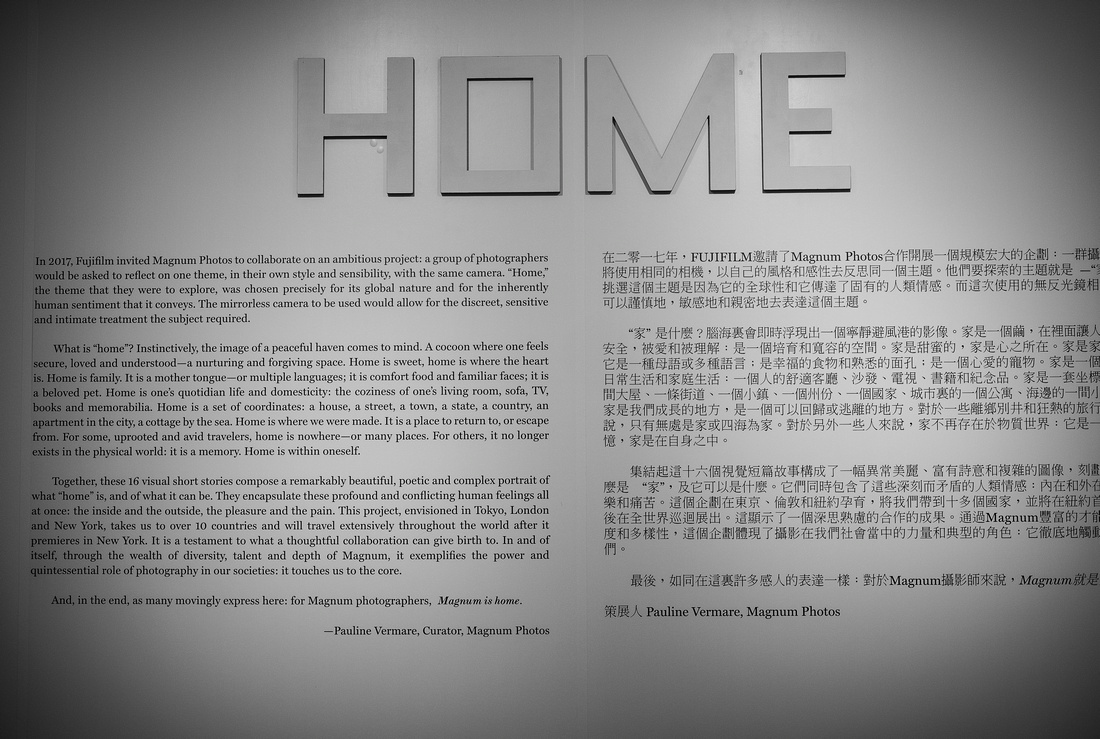

The story goes something like this. To celebrate Fujifilm’s 50th anniversary, Stanley Sun presented a touring exhibition showcasing a series part-artistic, part- photojournalistic images commissioned from 16 Magnum photographers. Each was given a Fujifilm GFX medium format digital mirrorless camera system. Their task was to shoot a collection of images based on the concept of “home”.
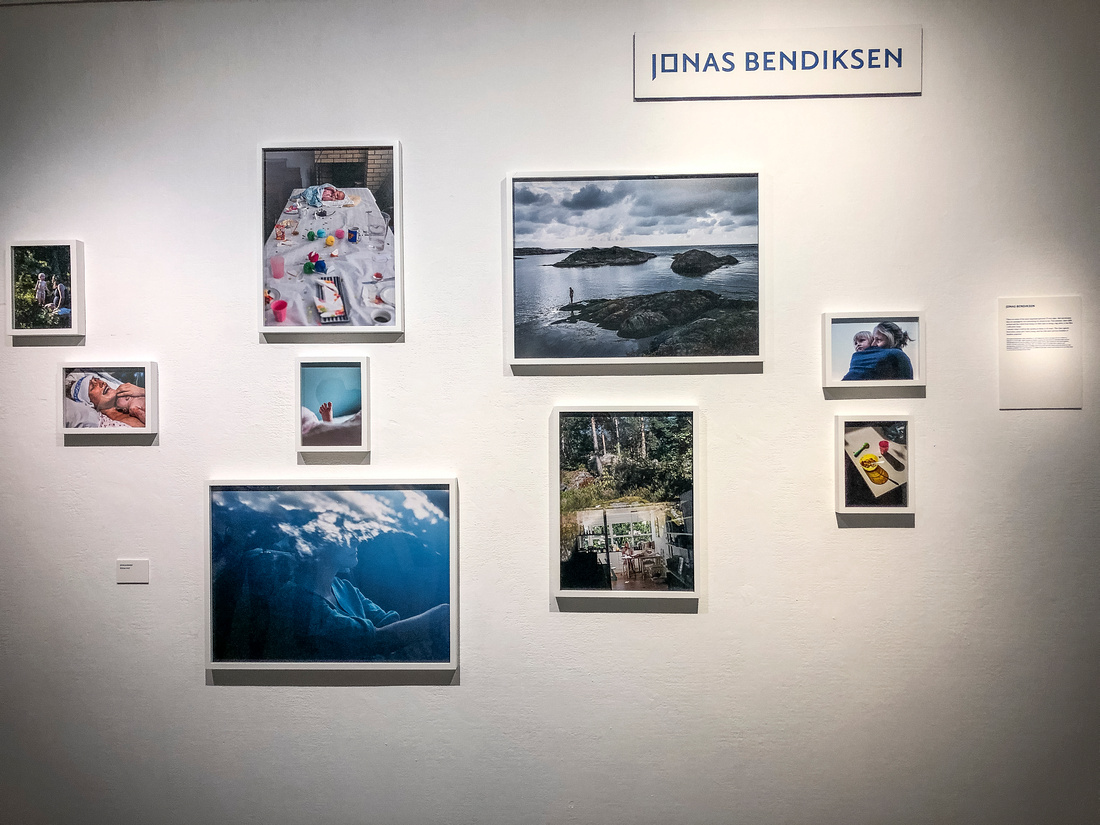

The exhibition of the work will tour to seven cities around the world starting in March 2018, and be accompanied by a photo book. Known for their wide range of approaches, Magnum Photos members produce documentary photography that encompasses art and photojournalism. Sharing the agency’s legacy for humanistic photography, associated with its founding in 1947, Magnum’s contemporary practitioners are united by a curiosity about the world. This project invited them to explore a universal subject familiar to us all.
"Home" is not only defined as a space for physical living. It holds various other associations that are emotional, biological, cultural and societal. These 16 photographers have been given an open brief to explore the subject through their own individual practices, the resulting work reflecting their personal take on a subject that we all record photographically.
The images that resulted from this project were truly fascinating. The diversity of the interpretation of the theme was quite broad. I am familiar with about half of the 16 photographers included in the show and I could’ve placed the name signs on the collections easily. The styles of the images were all very true to the style of the photographers. All but Alex Webb’s work was easily discernible their own. I would highly encourage you to see this exhibit. It’s absolutely worth the effort. Check if HOME will be coming to your home.
The light is always right.
jhg
*Images: © Jeremy H. Greenberg
Where: Hong Kong Arts Centre
Subject: MAGNUM HOME EXHIBITION
Gear: Fujifilm X-E3 + Fujinon XF 35mm f/2 & iPhone X
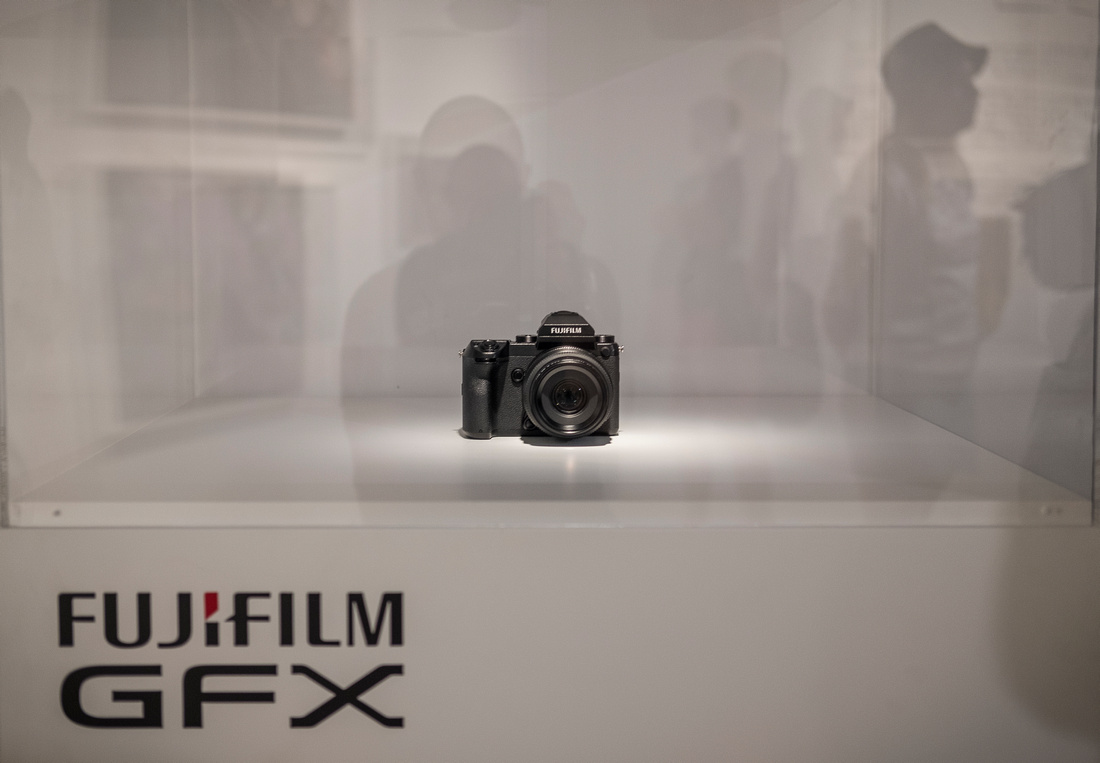

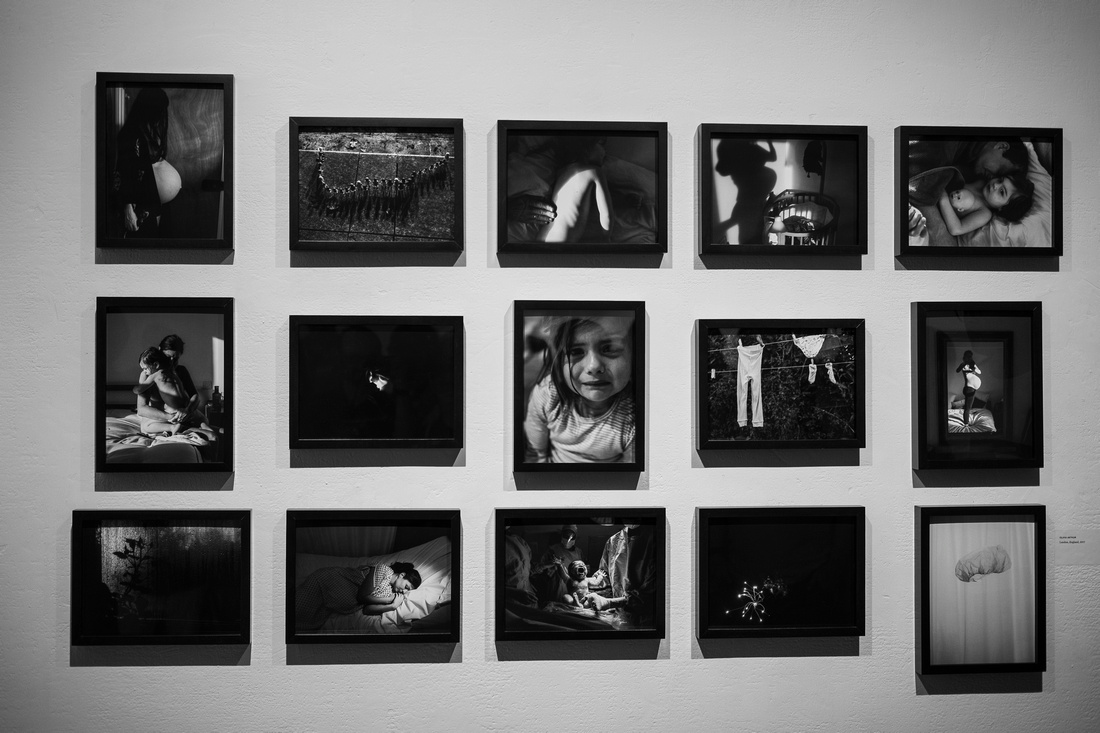

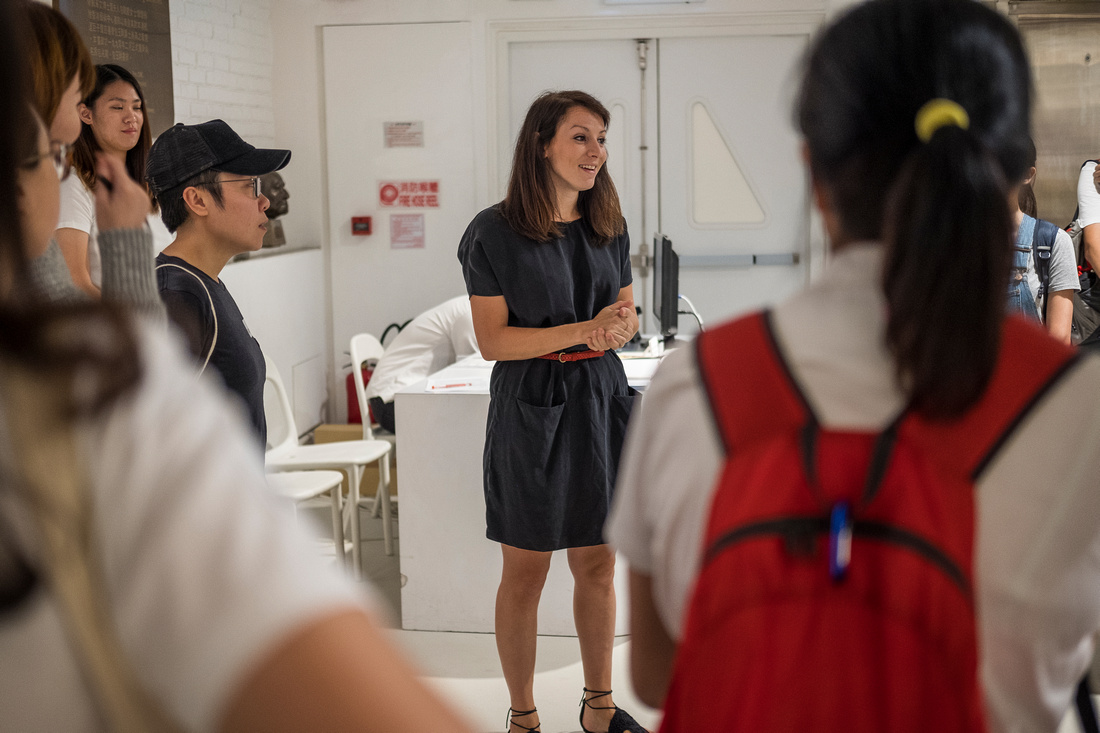

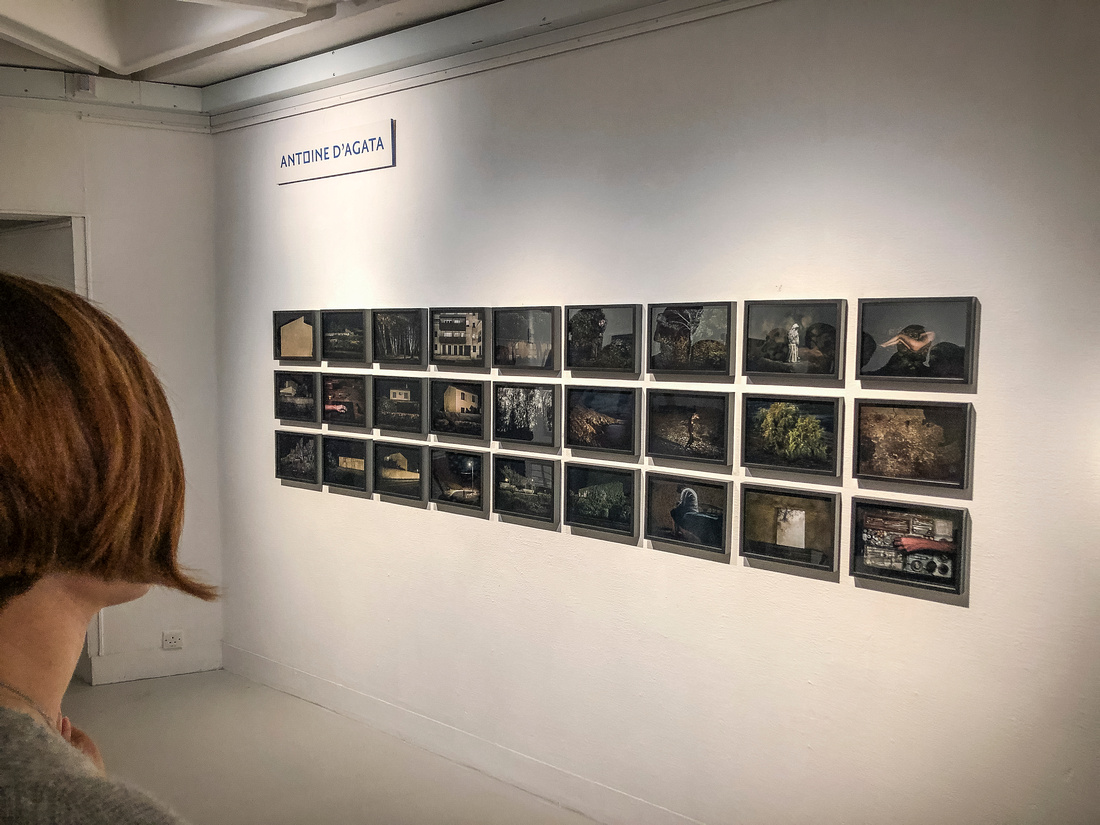

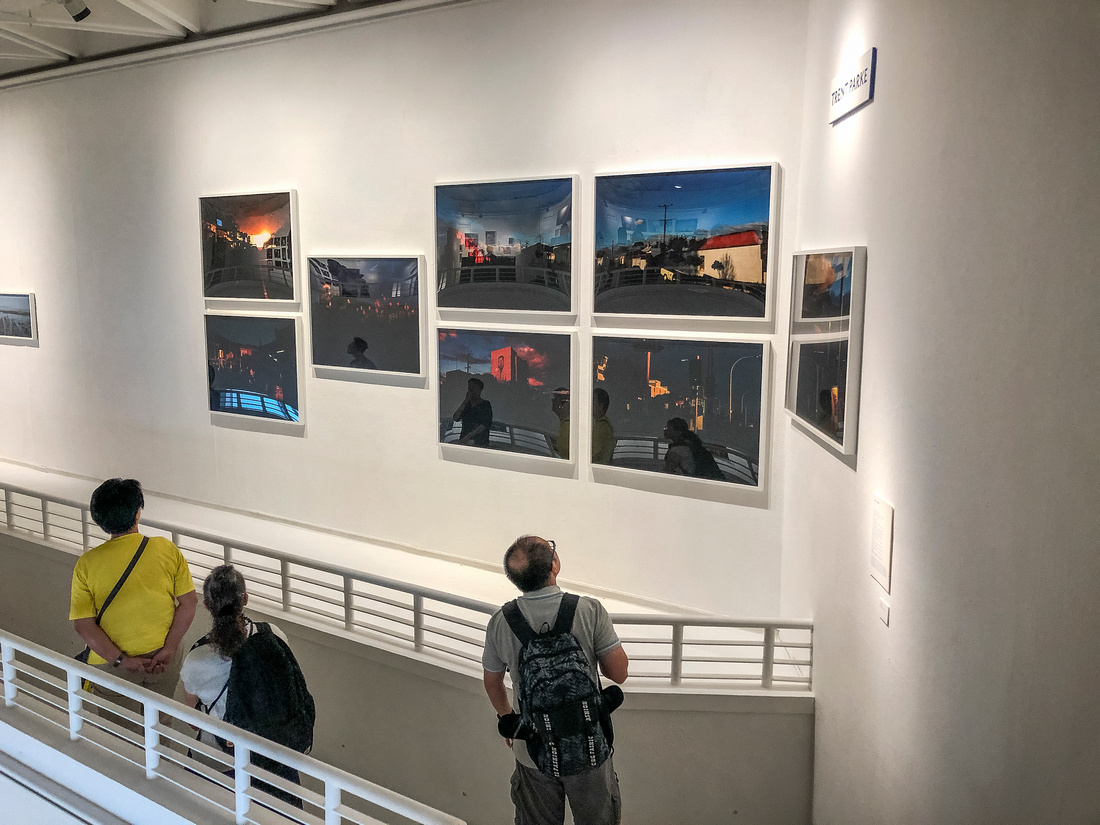

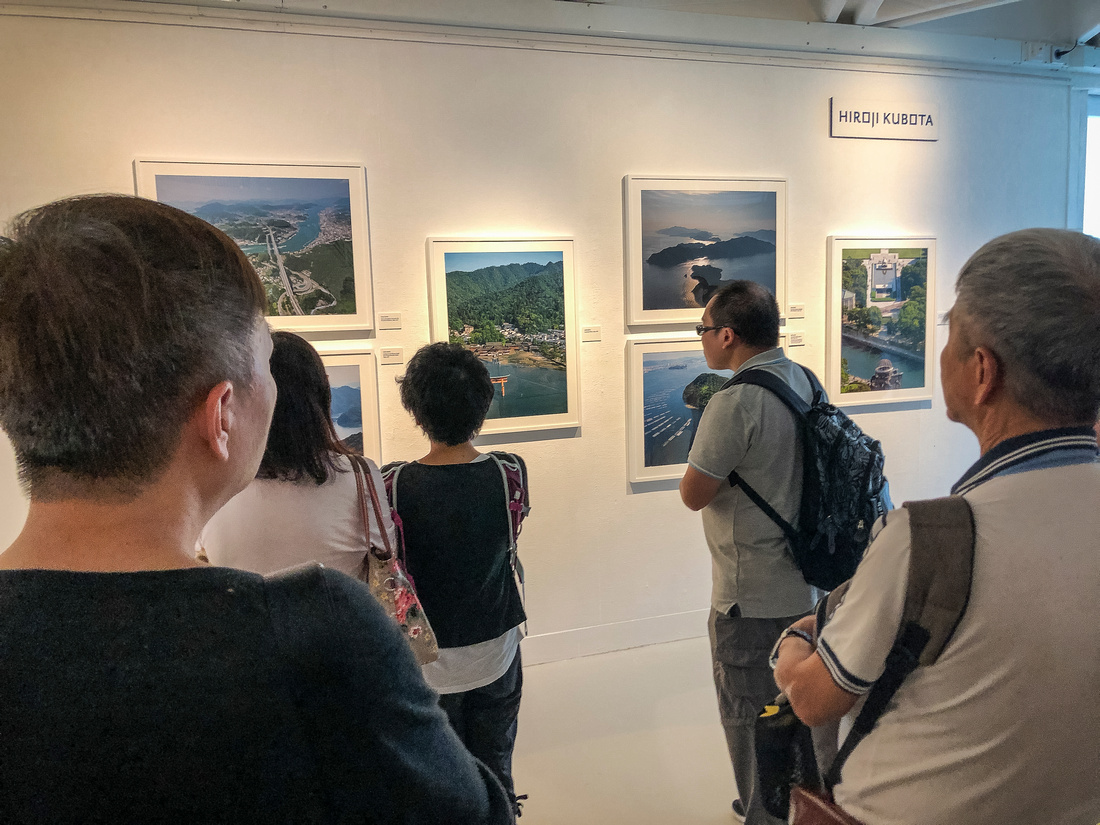

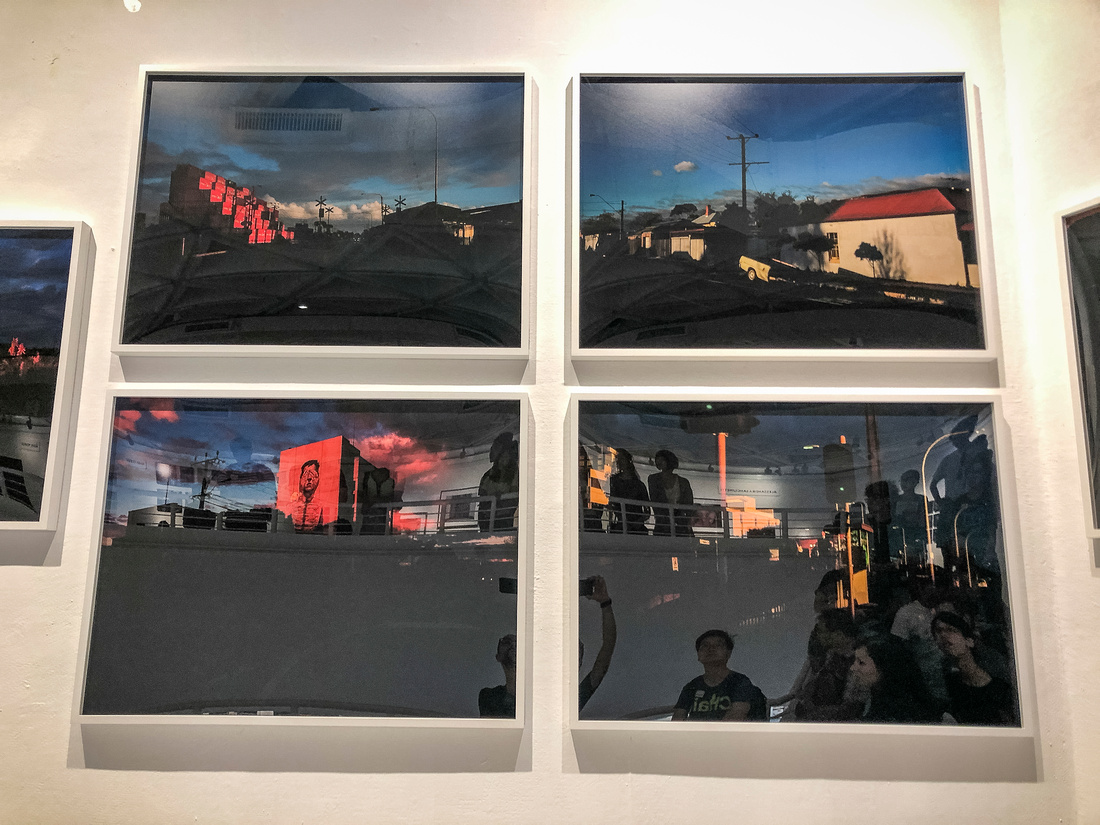

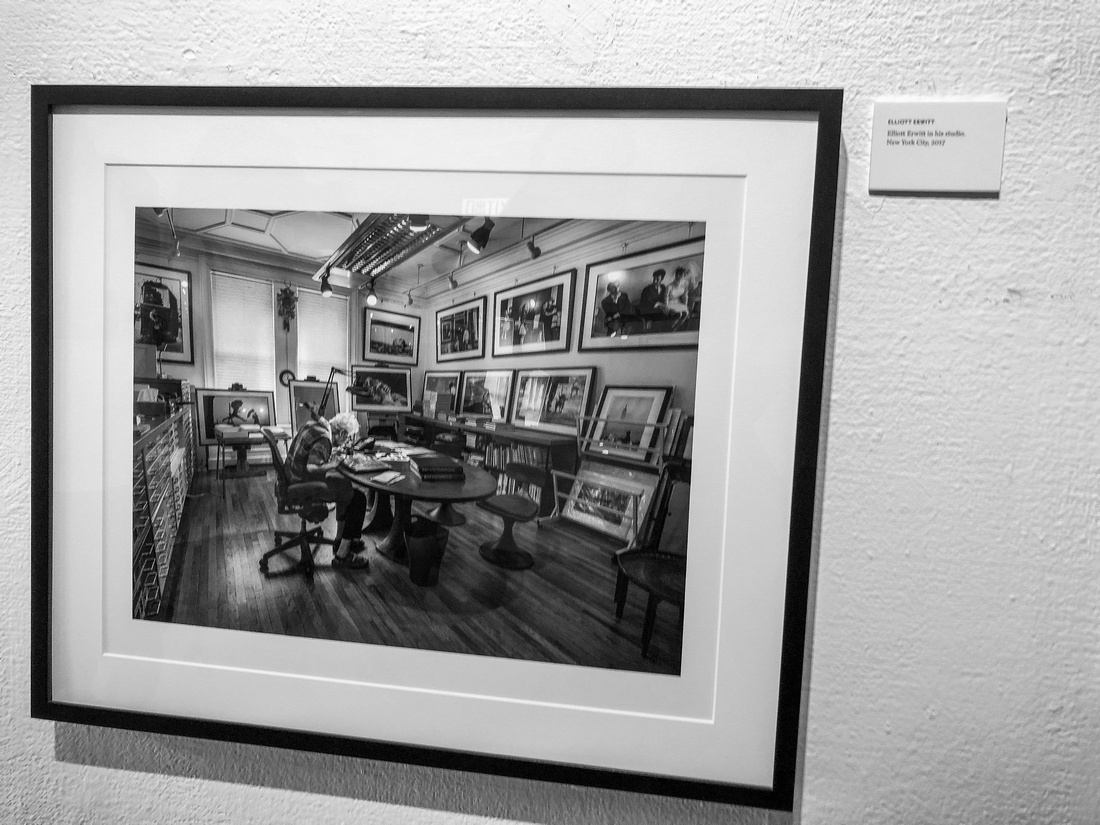

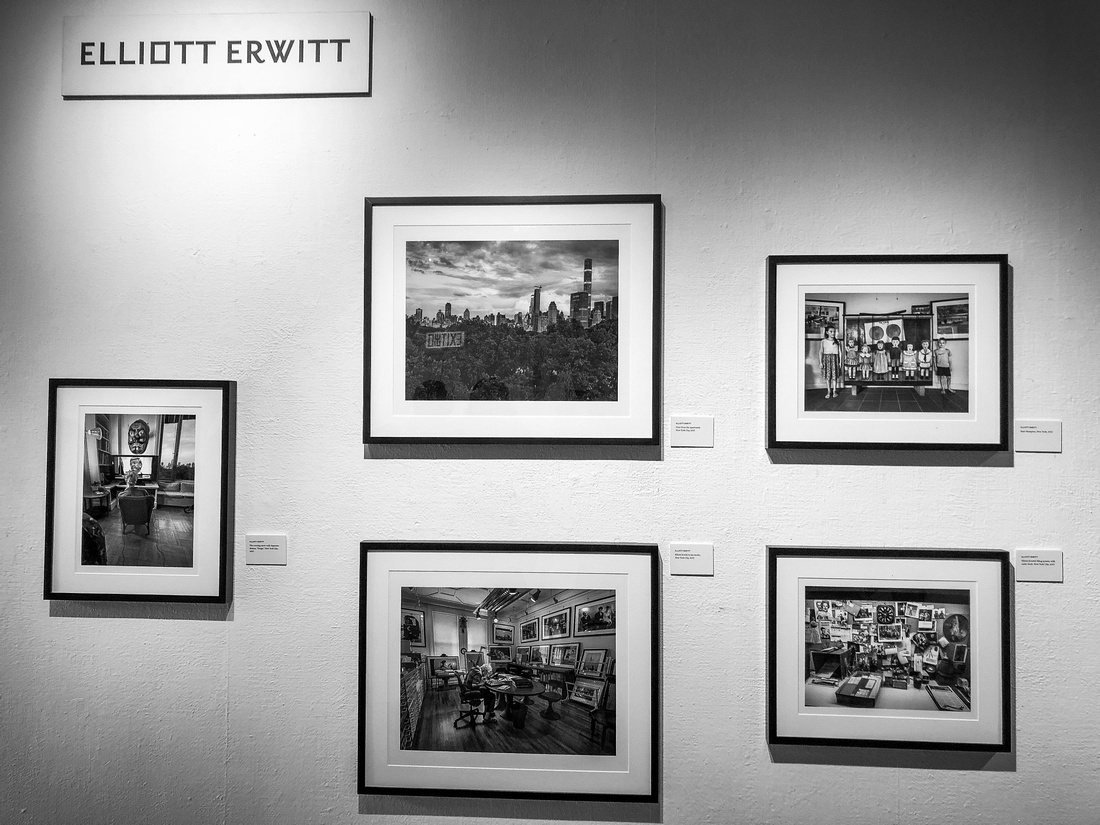

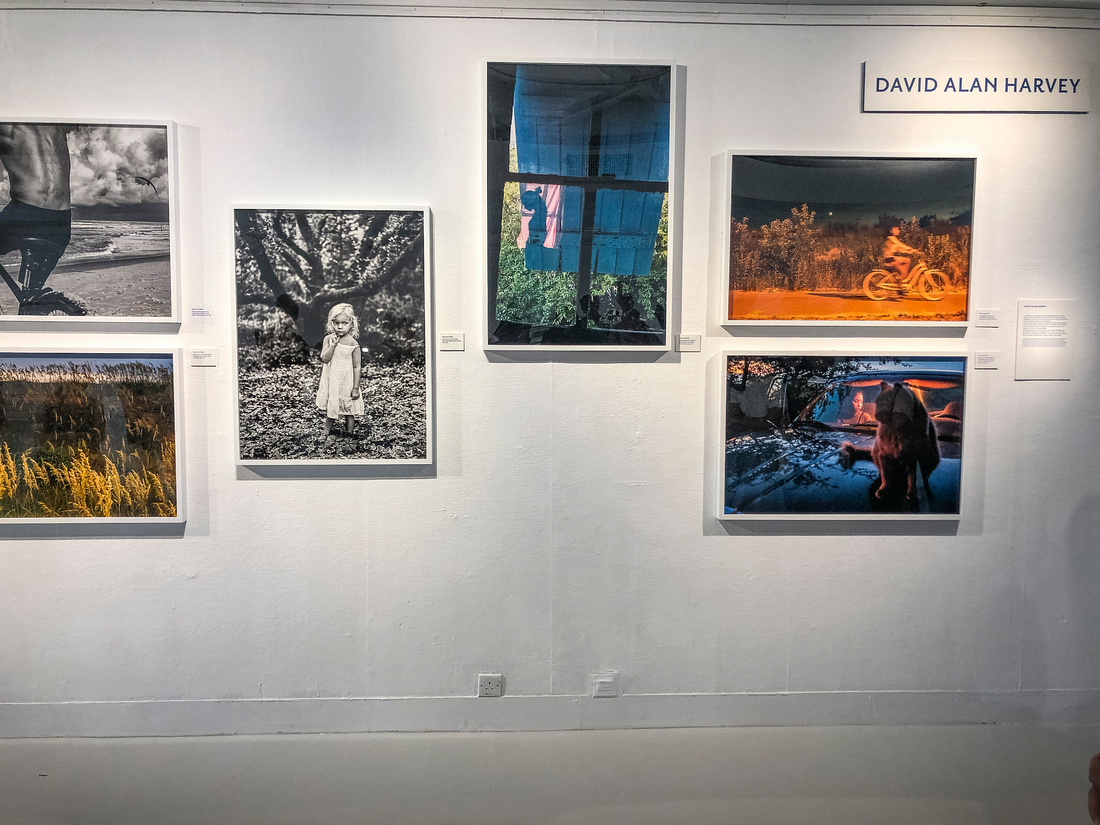

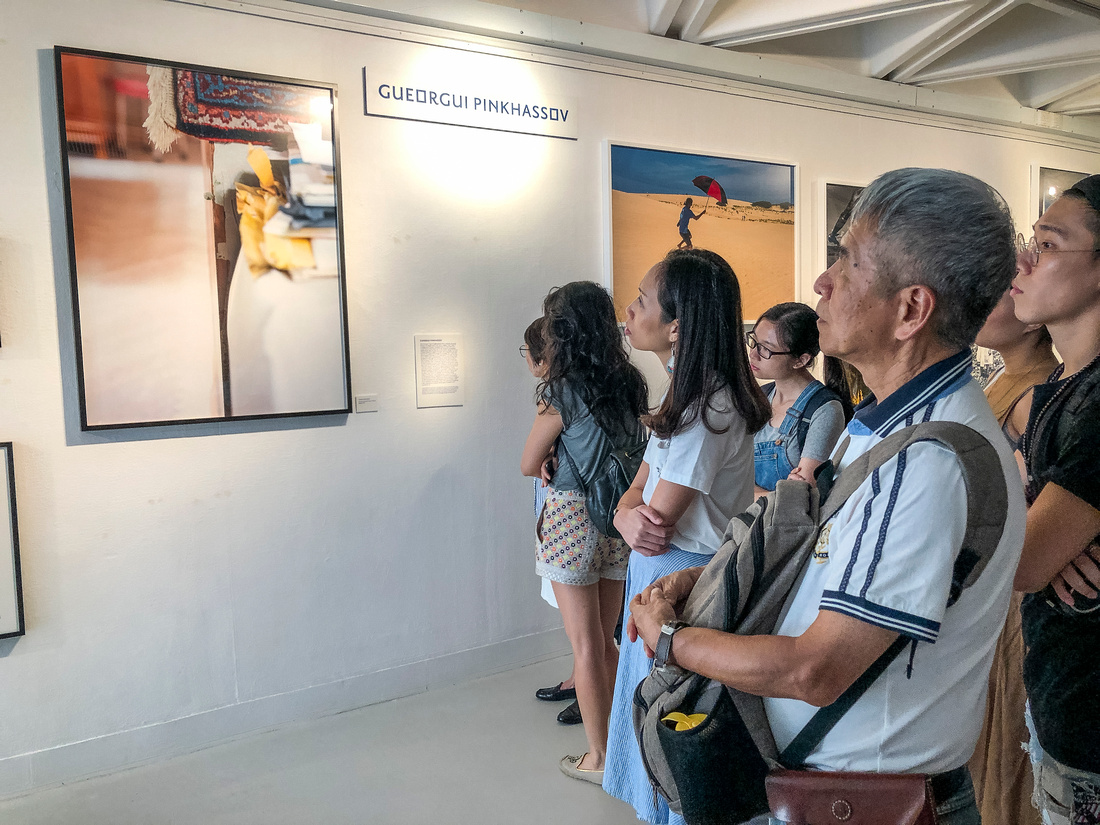

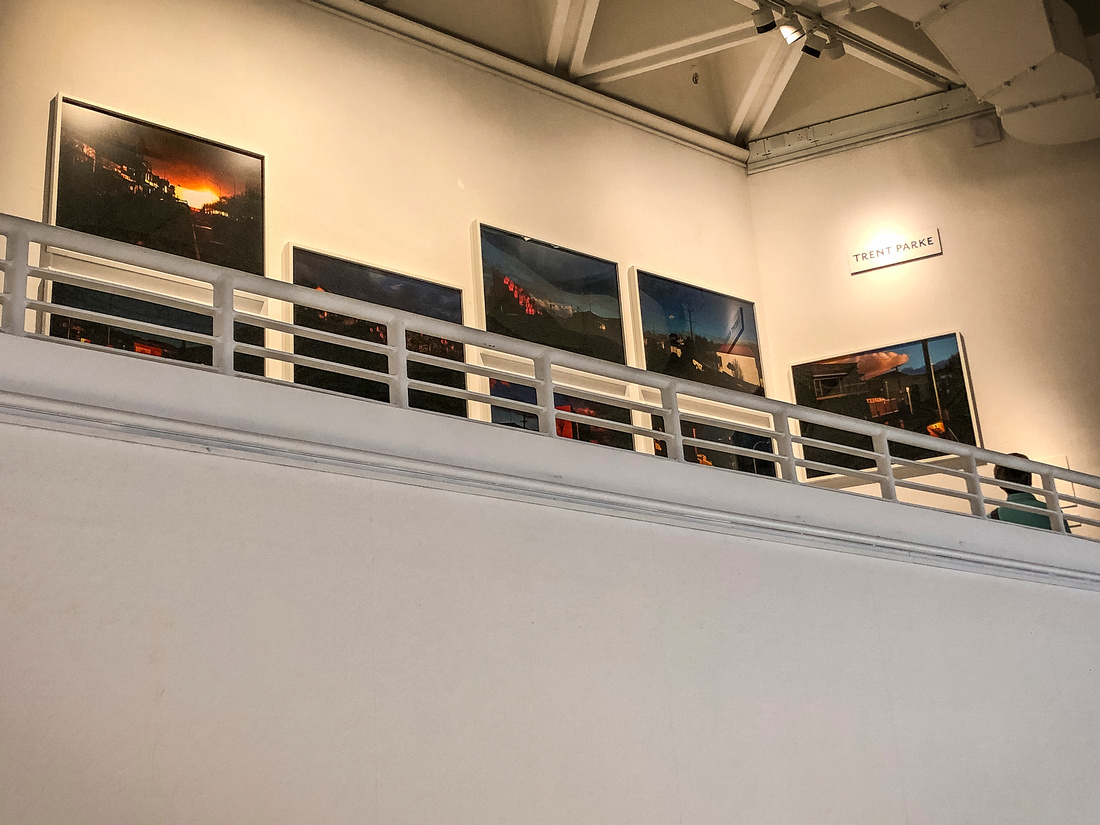

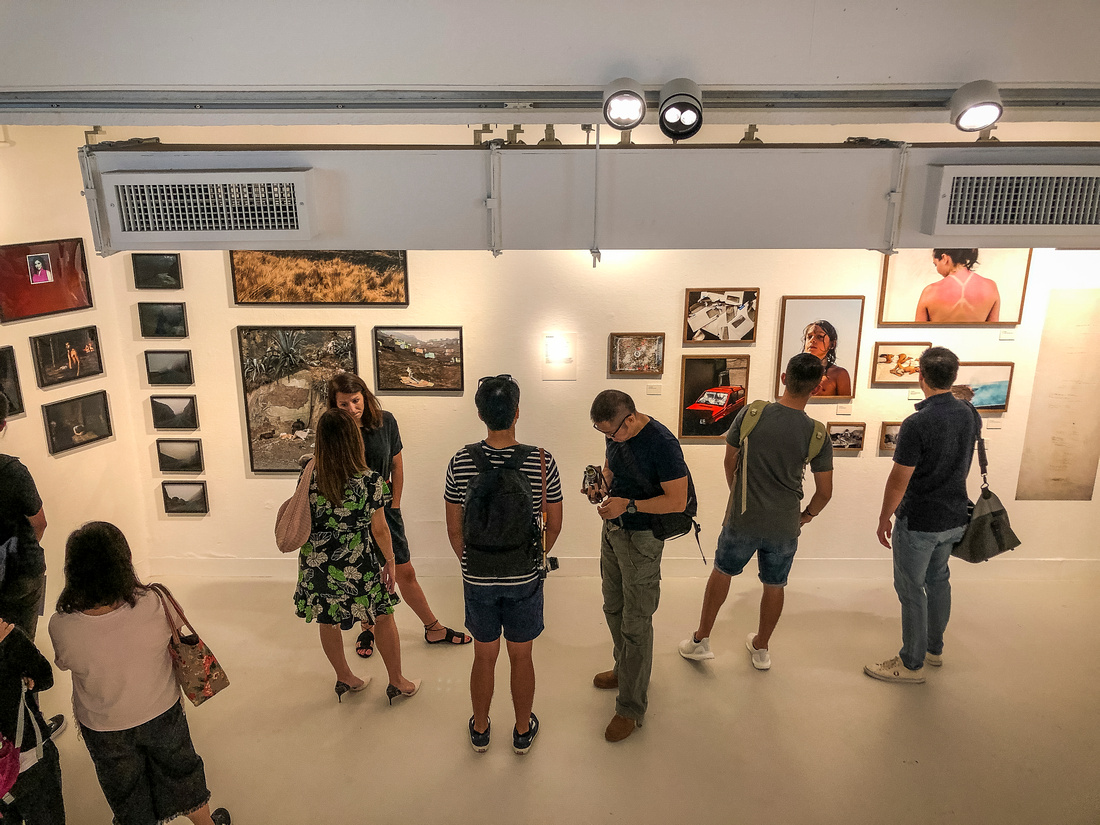

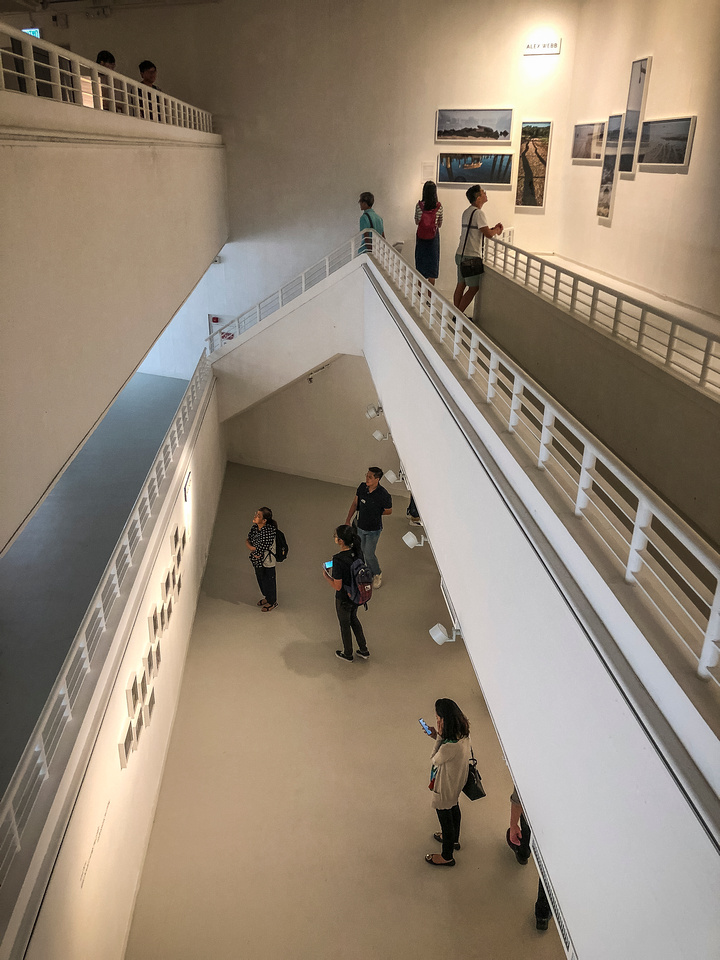

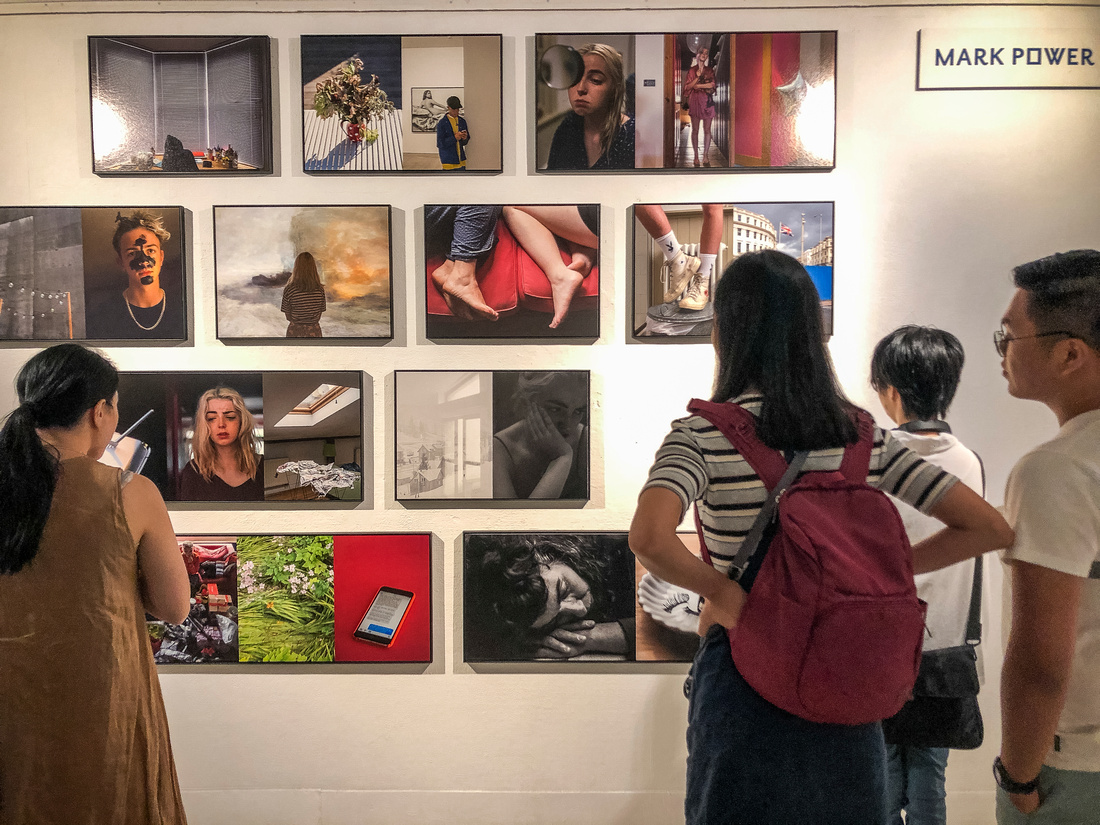

National Geographic Travel Photographer of the Year 2017 Editor’s Favorite: Galleries: Week 4 Cities & People
Casual Photophile Tip & Techniques No. 001 The Subject is the Subject
The Inspired Eye Photography Magazine Issue #40 (full interview)
Hong Kong Free Press: HKFP Lens
Blog #18 Criticizing Photographs or Beyond the “like”
Blog #25 Don’t Be Afraid of the Dark[room].
Blog #47 Composition, Composition, and More Composition
Blog #65 Summer is for Travel (Hanoi)
Blog #67 Risks, Rules, & Restrictions
Blog #68 Photography is a Gift
Blog #72 Living the Creative Life
Blog #90 Restrictions, Revisited
Blog #93 Photographic Technique
Blog #105 Signs, Signs, Everywhere a Sign
